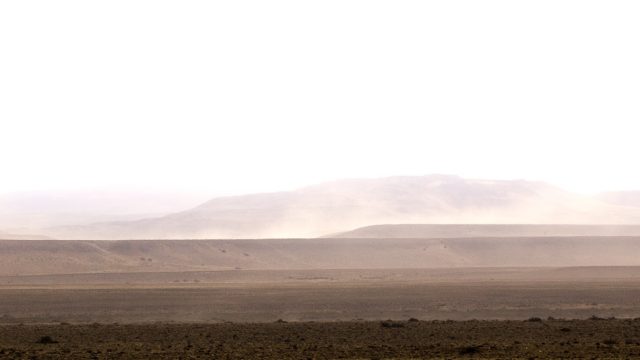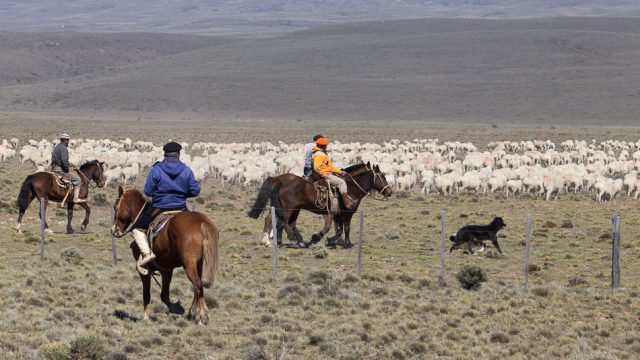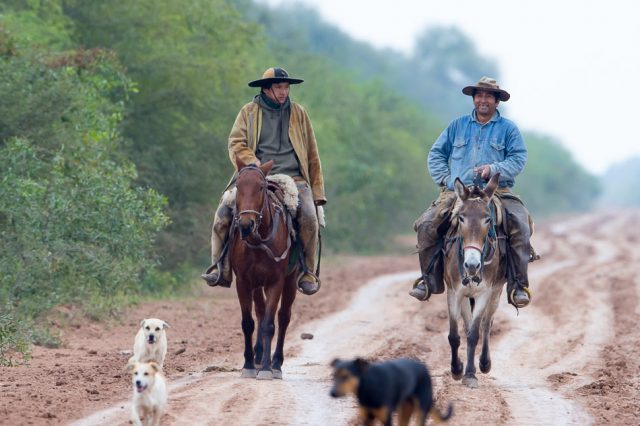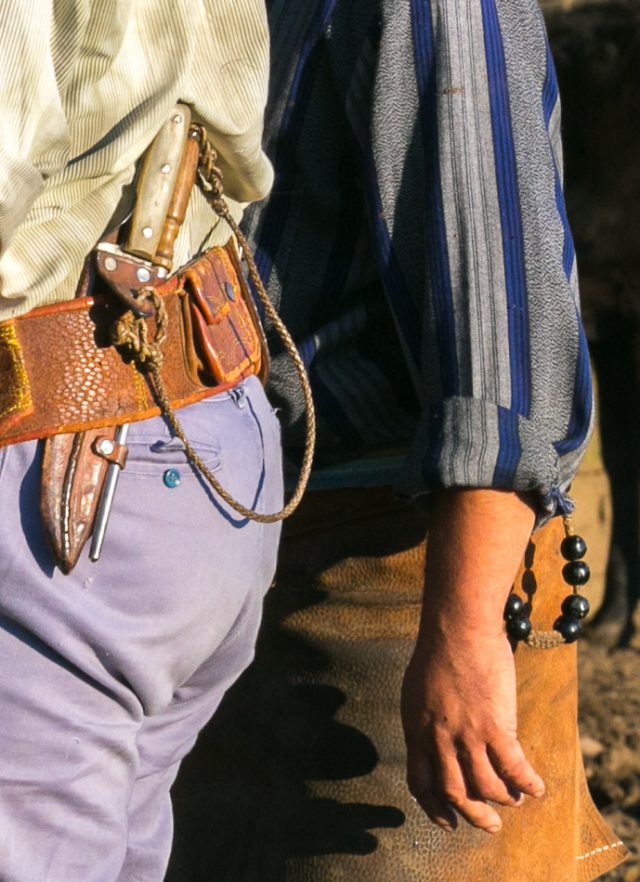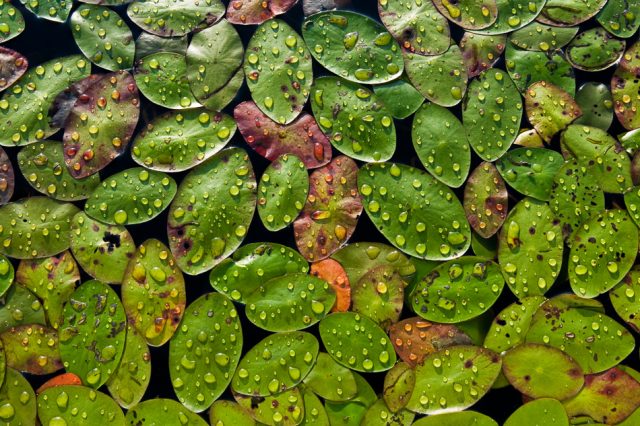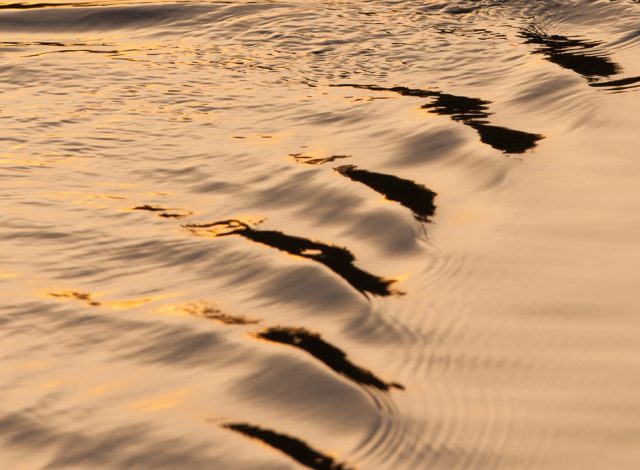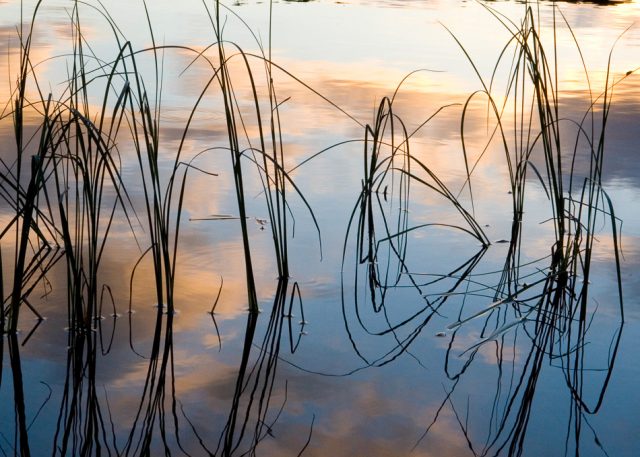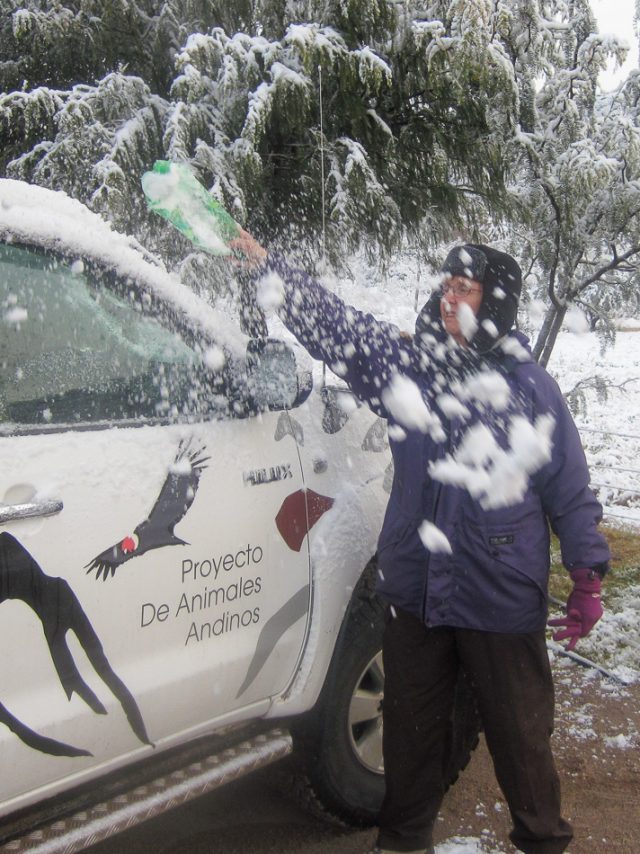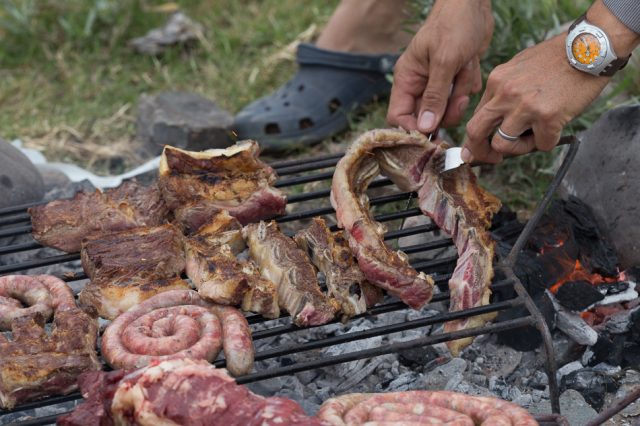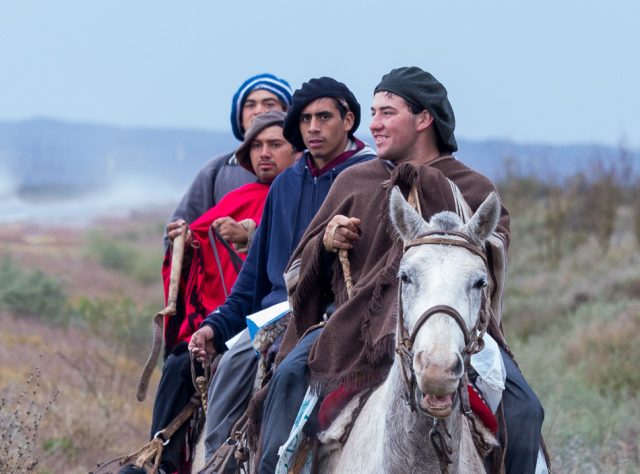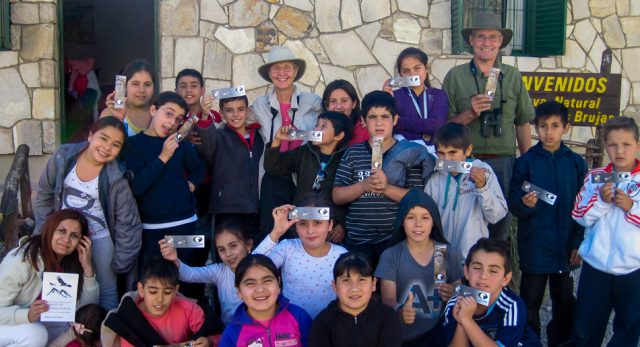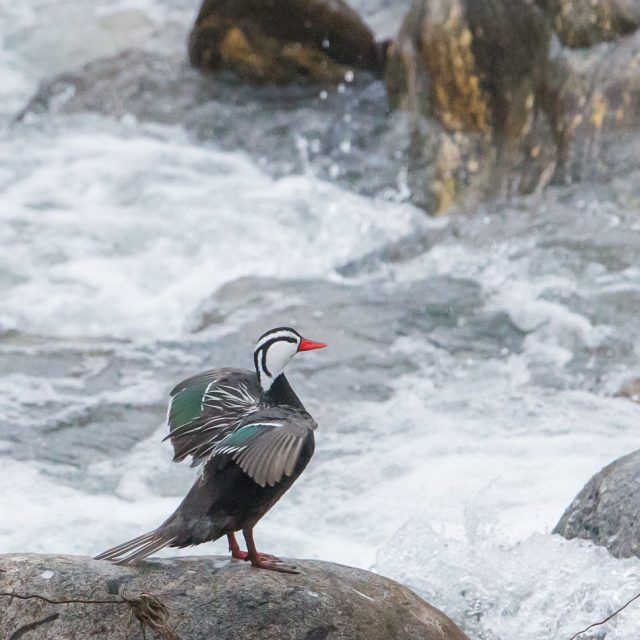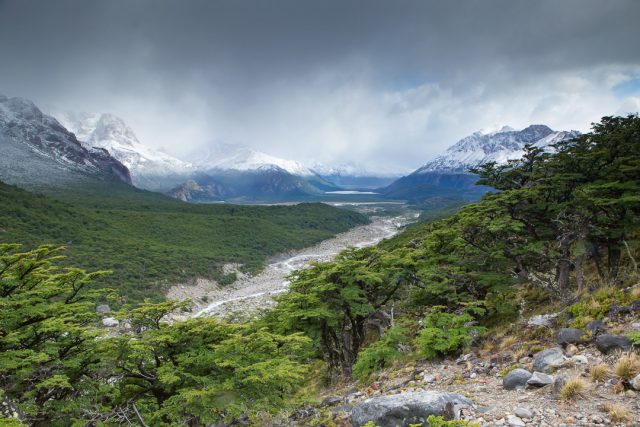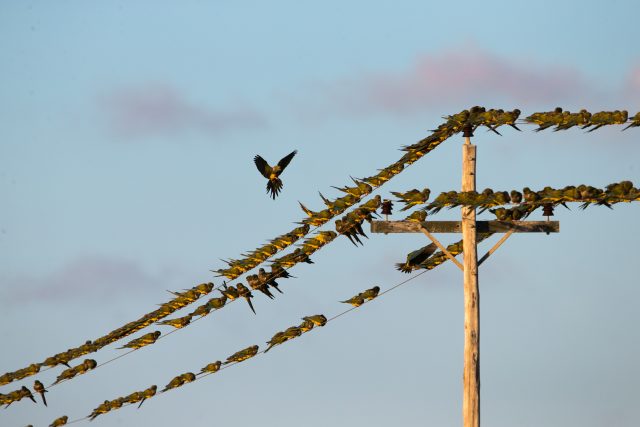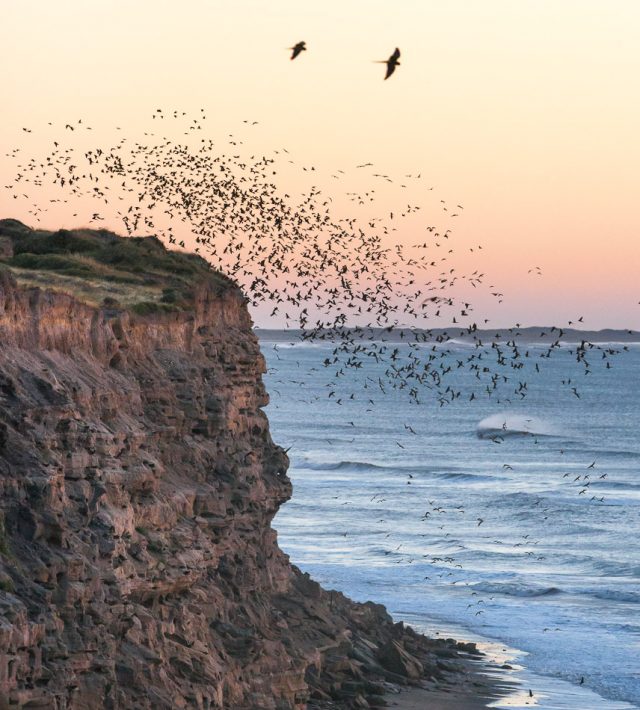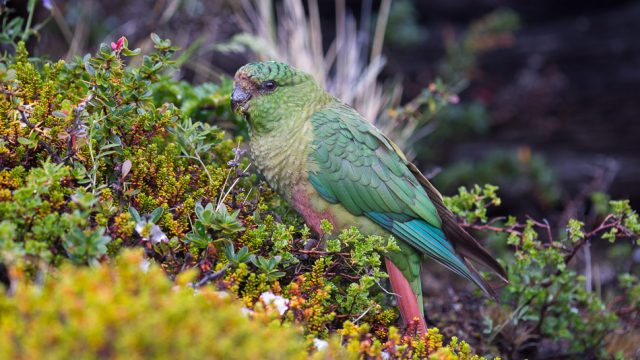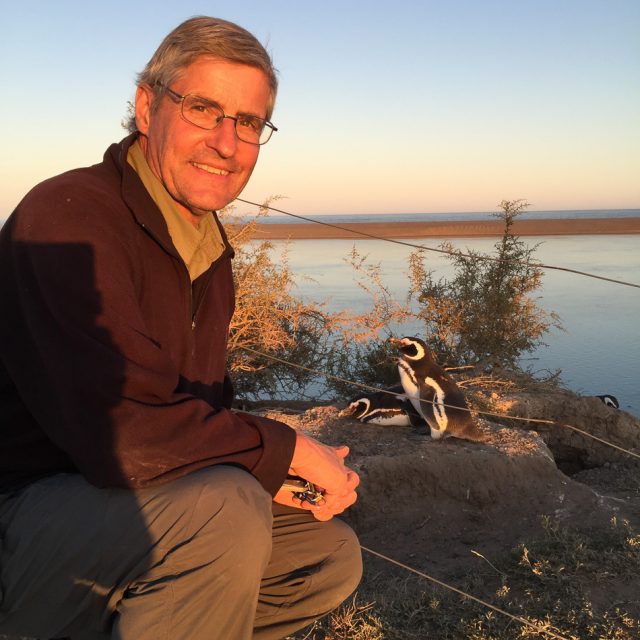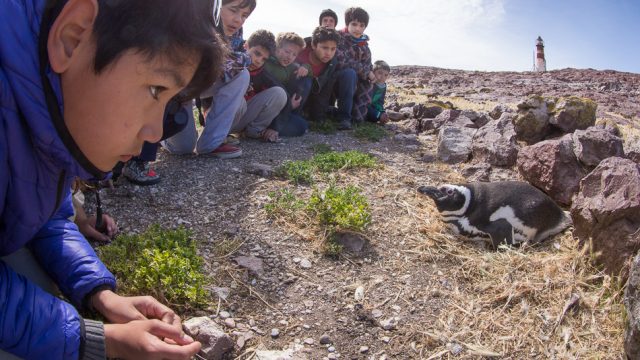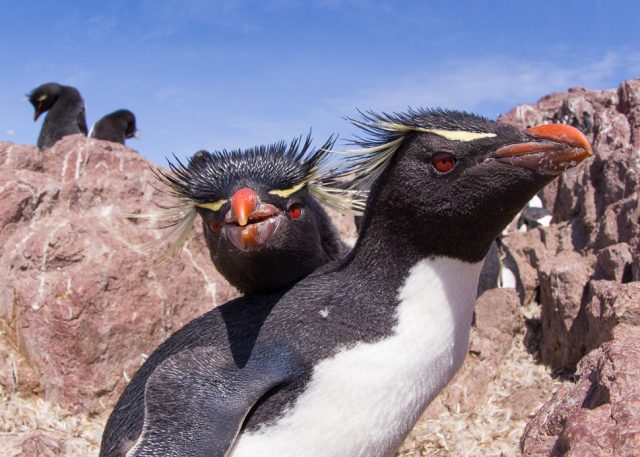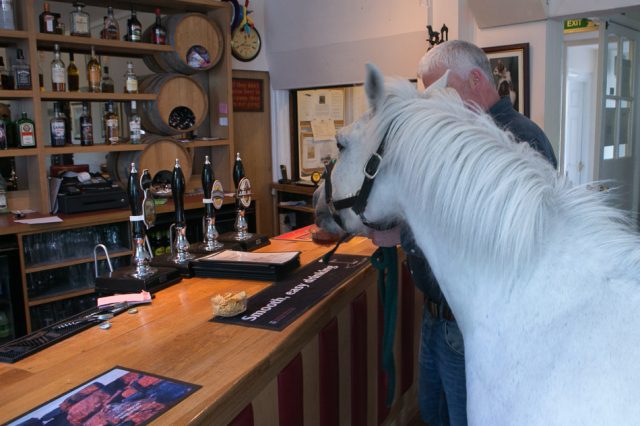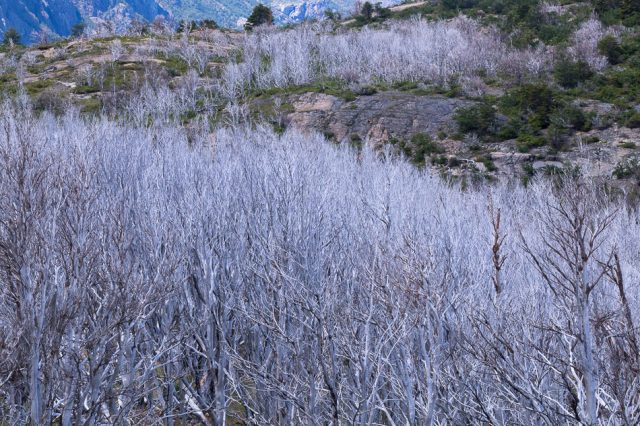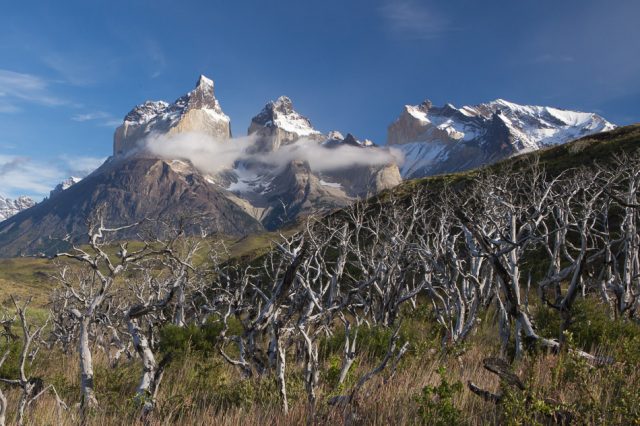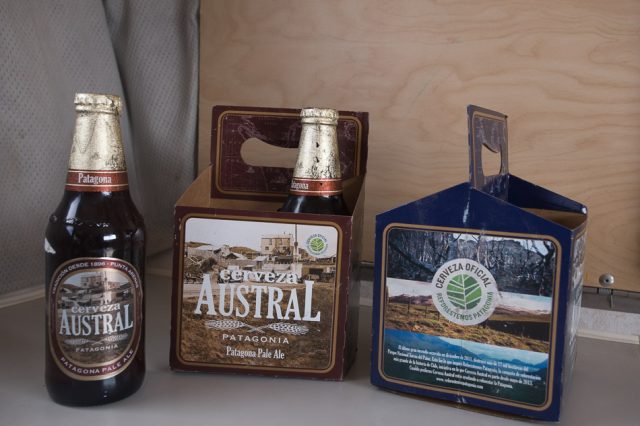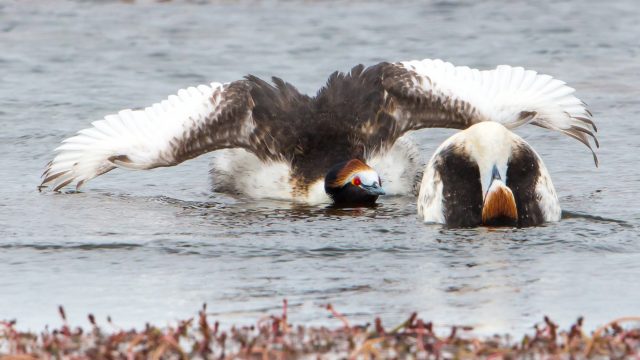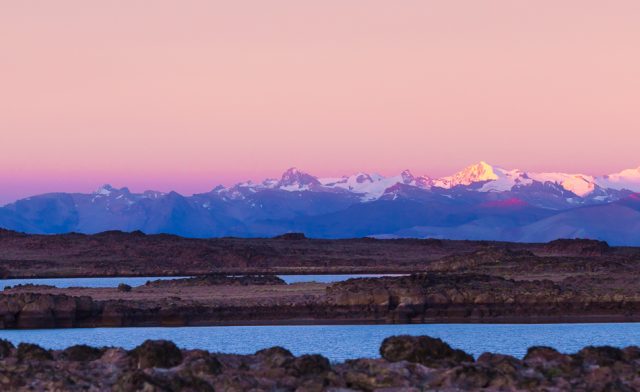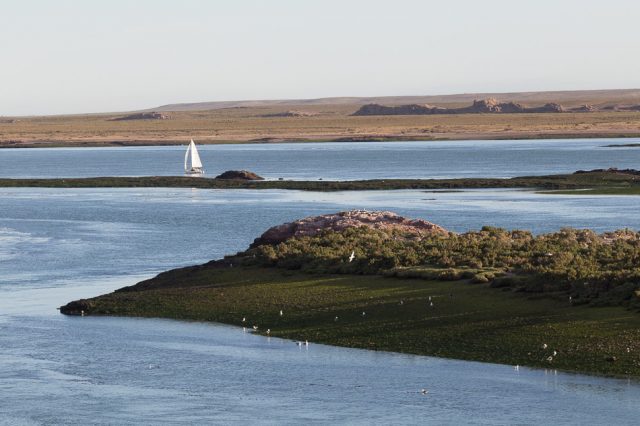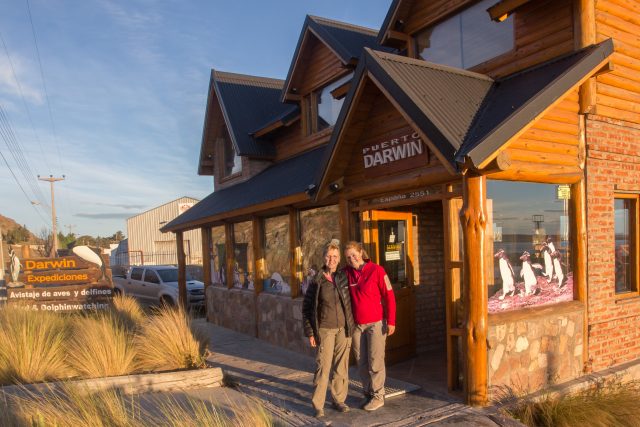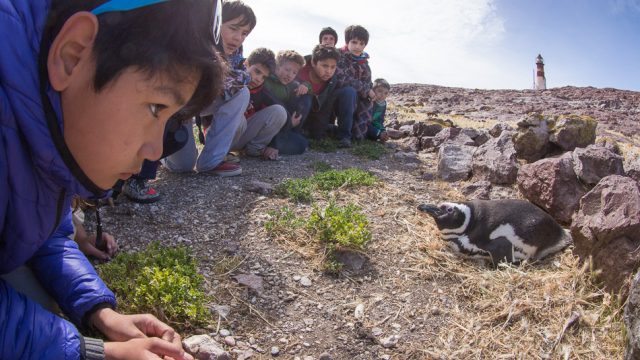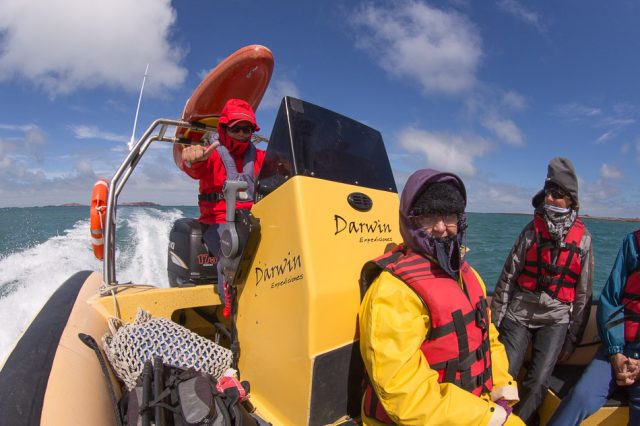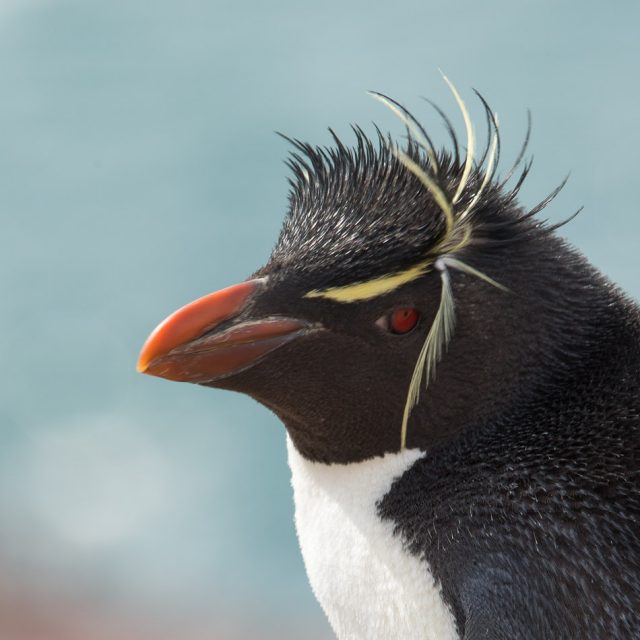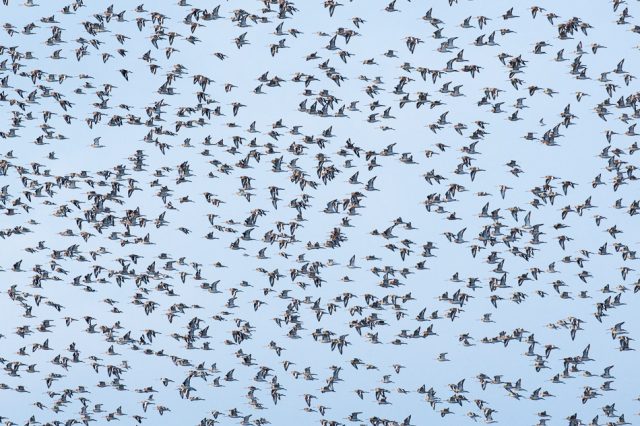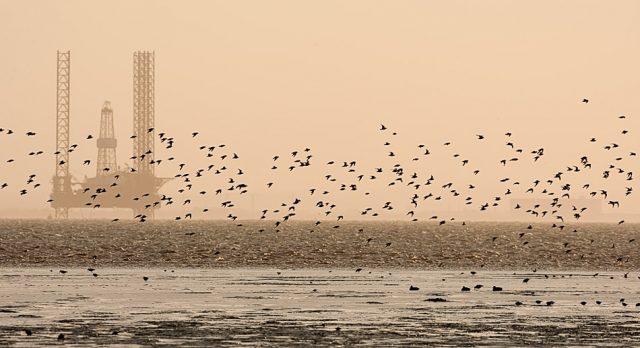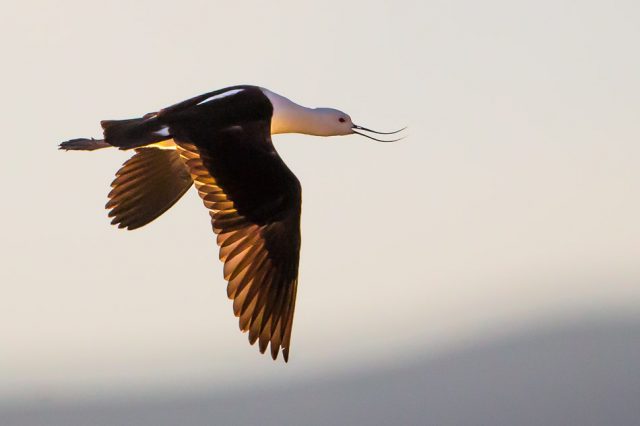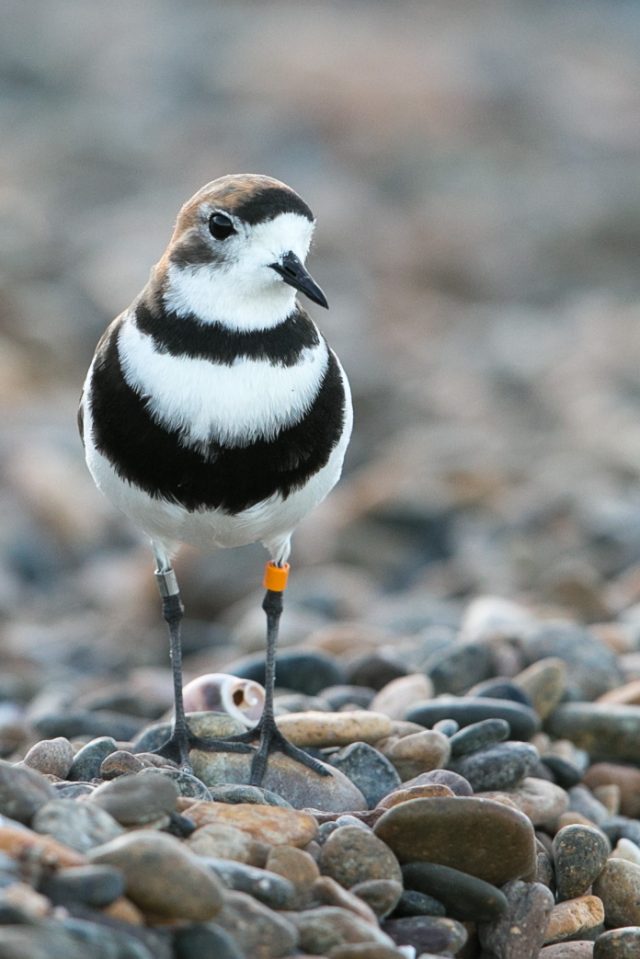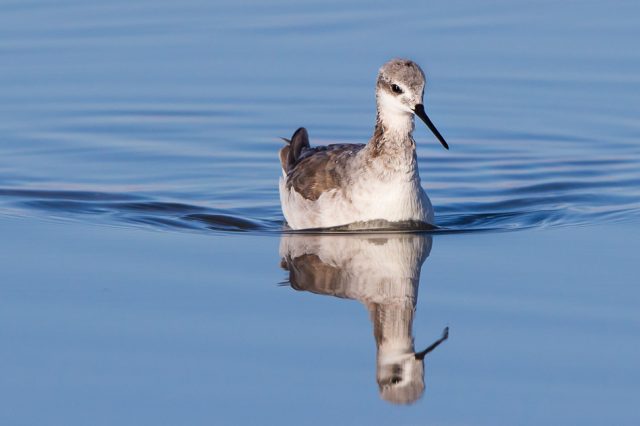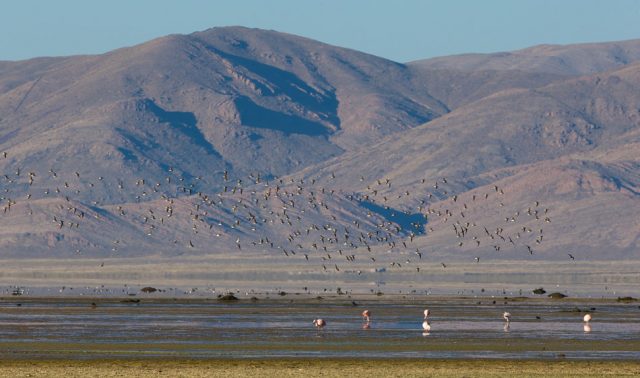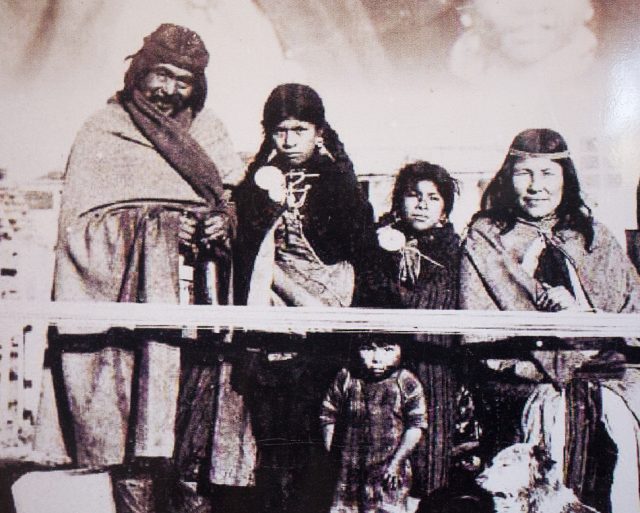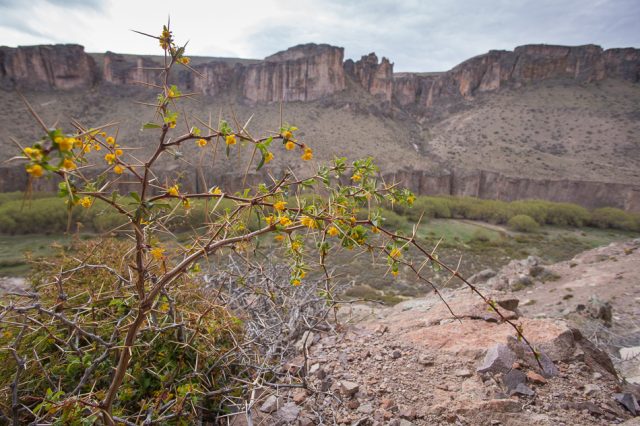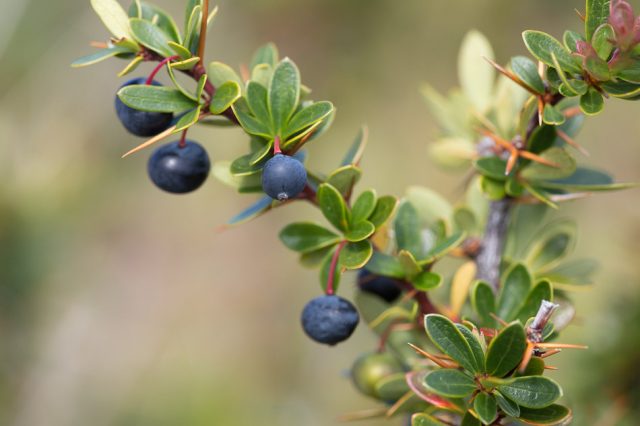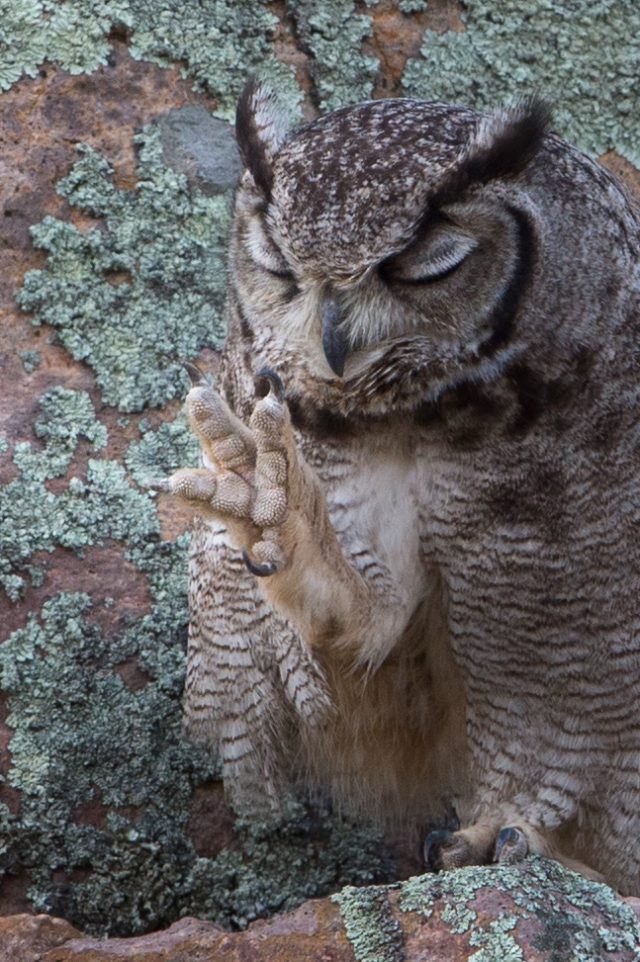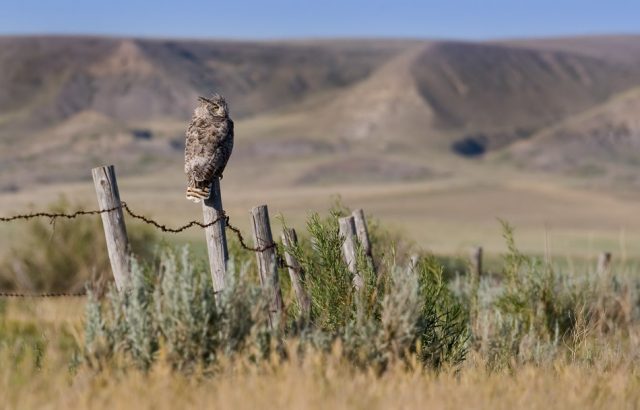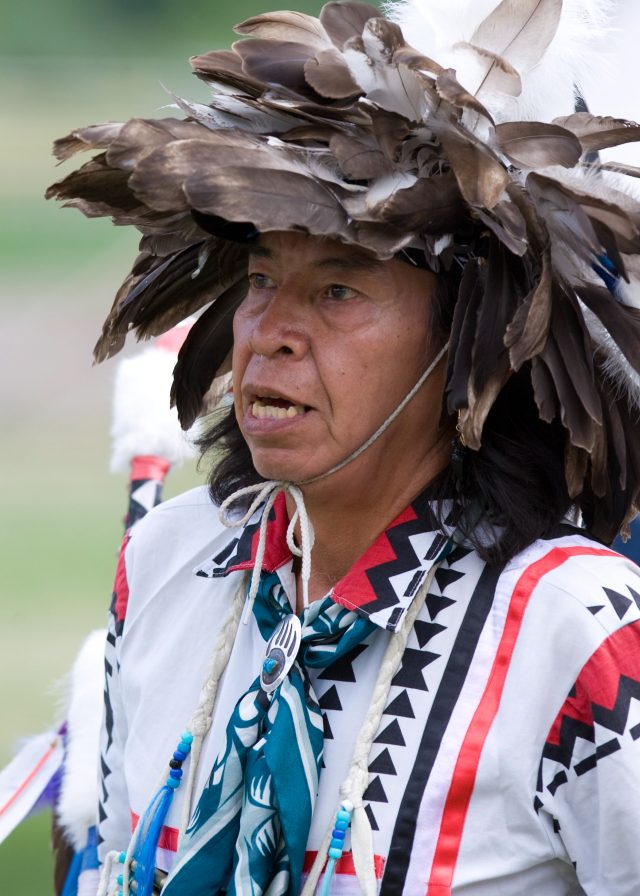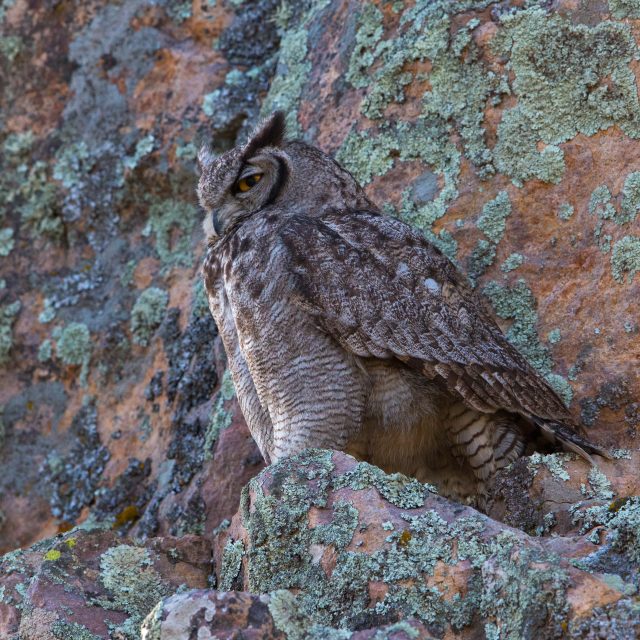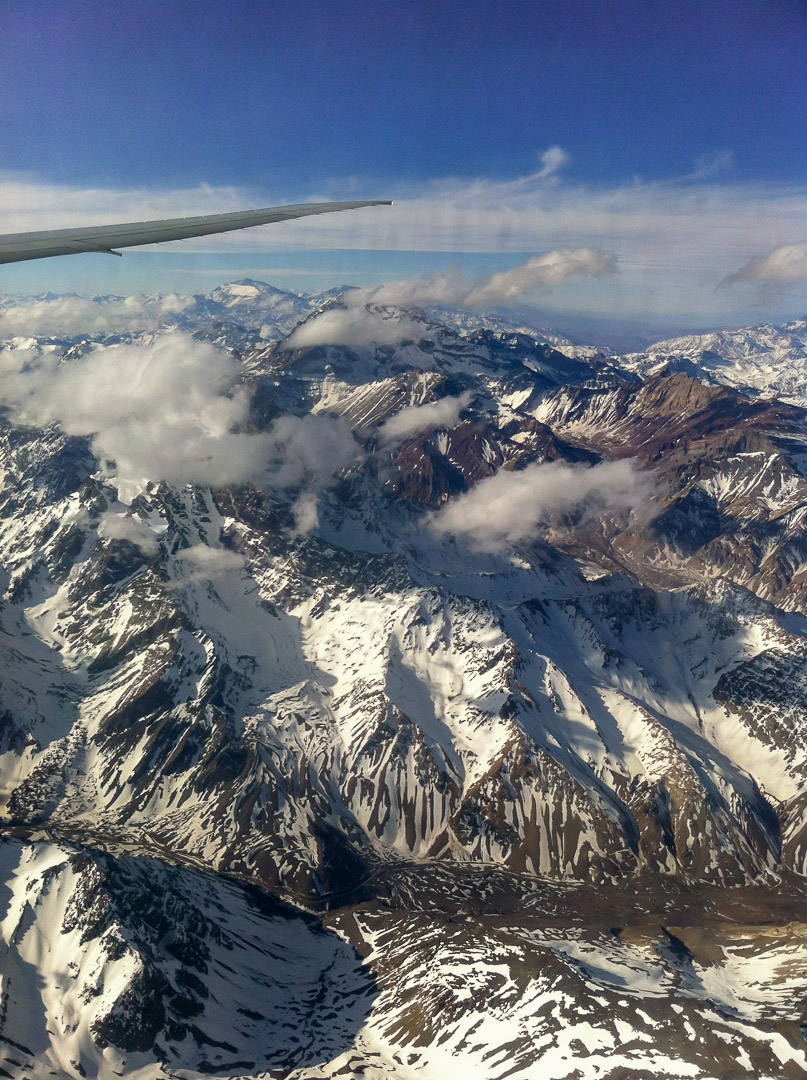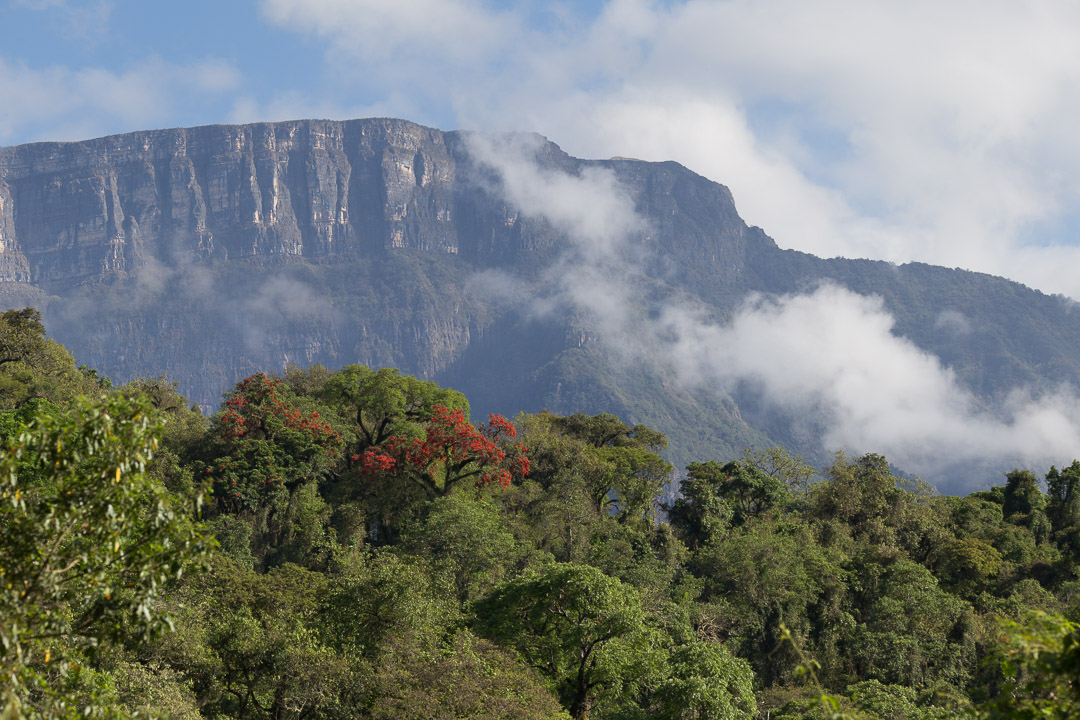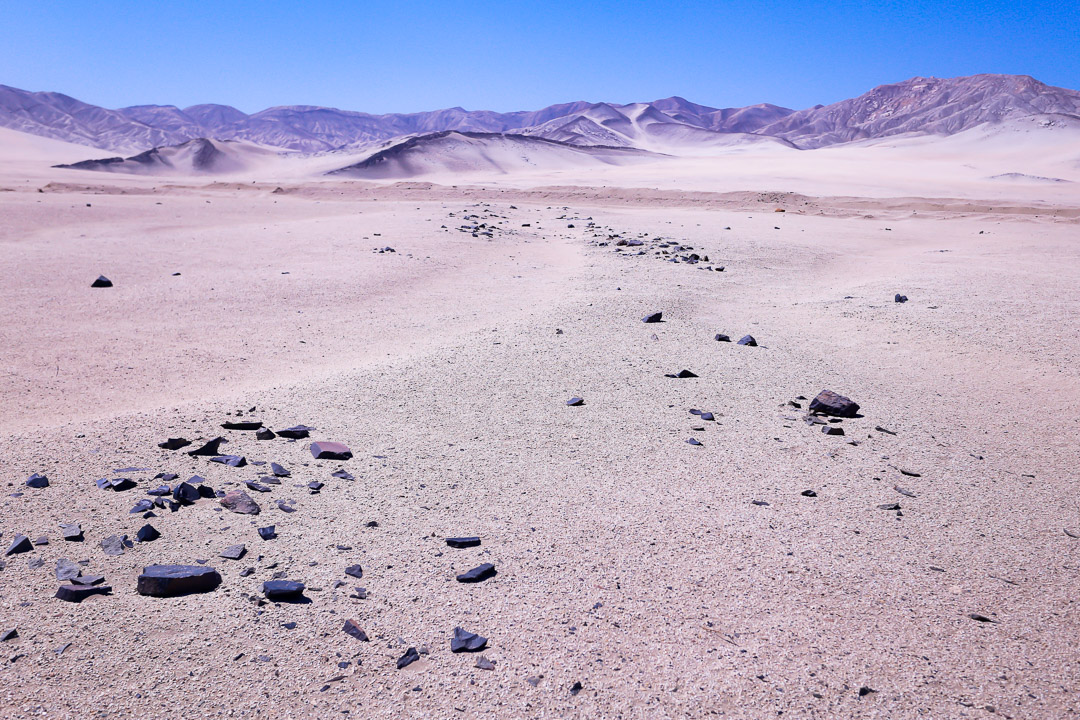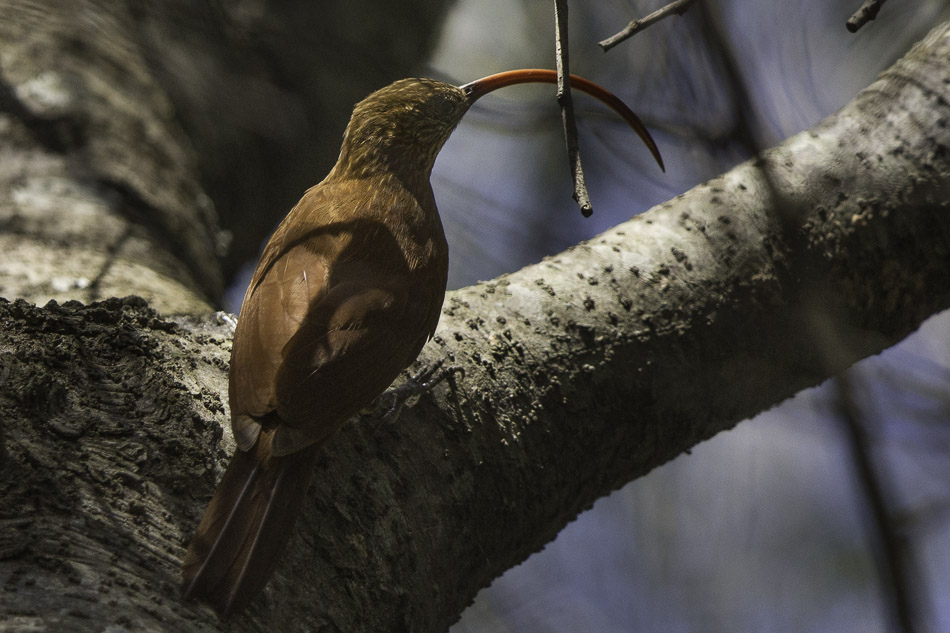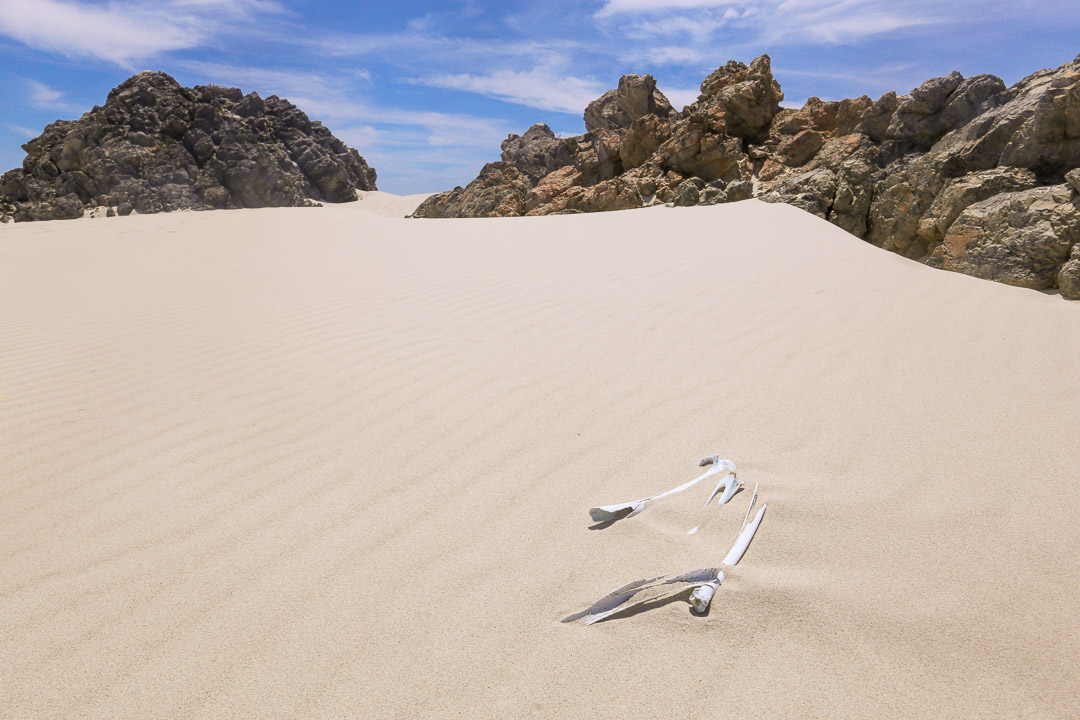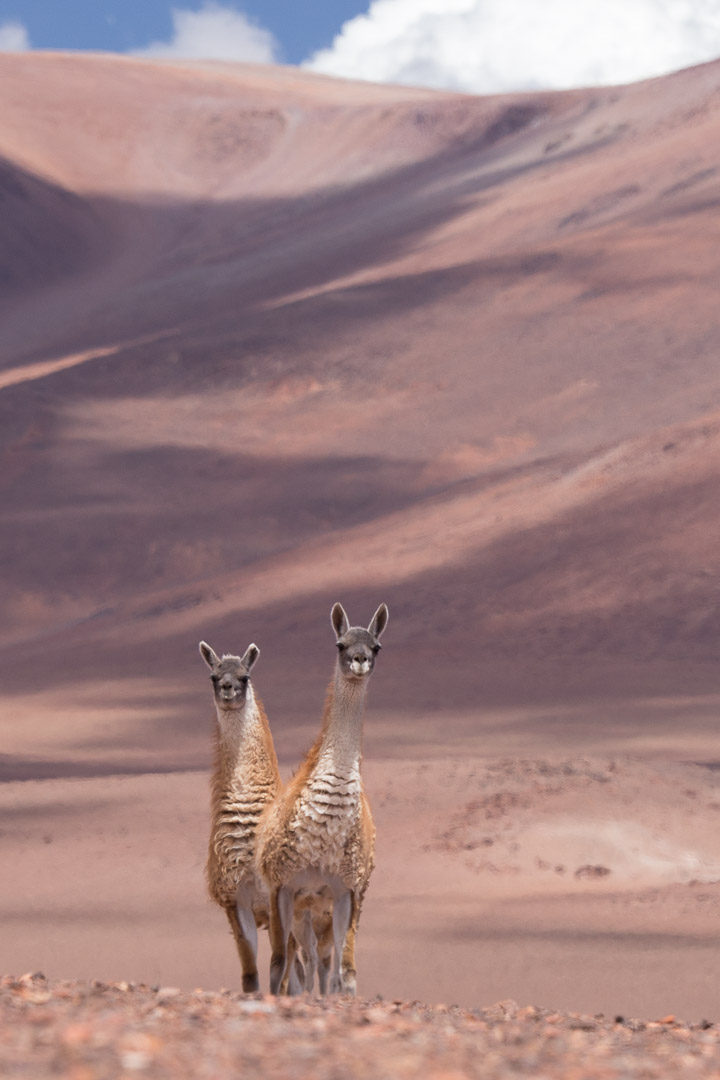Photo Blog
Perhaps,the Greatest Conservationist that has ever lived is the late Douglas Tompkins, founder of the Tompkins Foundation.
He and his wife Kris have worked for twenty years to purchase land in Chile and Argentina.
Many of Patagonia’s best National parks exist because of their tireless efforts.
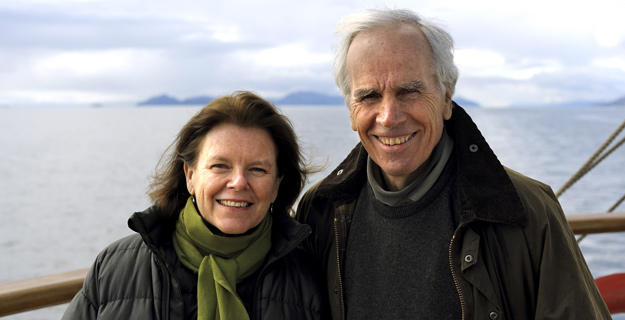
The World is be a much, much better place because of them.
On Monday January 29th 2018 Michelle Bachelet, the President of Chile passed into law the last areas of land from the Tompkins Foundation to be new National Parks in Chile – 1 Million acres.
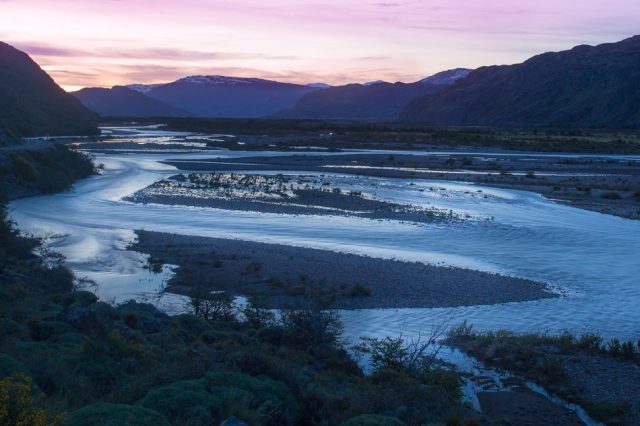
For it’s part, the Chilean government, at the same time, contributed nearly nine million acres of federally owned land.
In total, the newly designated National Parks are roughly the size of Switzerland.
Forests, Glaciers and natural grasslands preserved for wildlife and the nation.

So yesterday an area of land the size of Switzerland was given to NATURE, given back to the WILD.
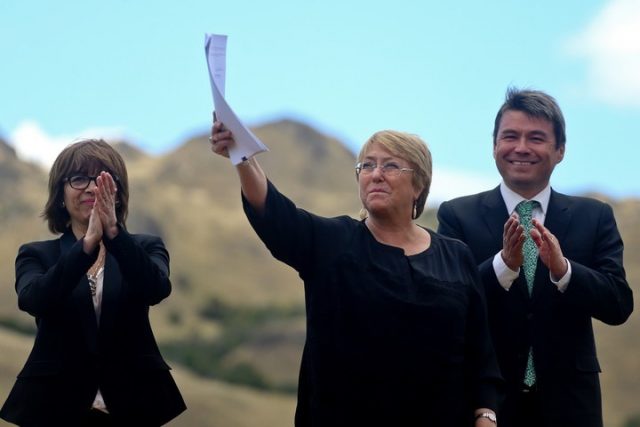
Chile is not a rich country, it ranks 43 in the world.
“You can gauge a country’s wealth, it’s real wealth, by its commitment to preserving nature.
Thank you Chile.
A Darwin’s Rhea is not a flier but a flapper. Unable to fly, the birds use their outlandishly gorgeous feathers in a sexy and energetic courtship dance.
No wonder the word ‘flapper’ was coined for young girls of the 1920s, dancing to the new Jazz music.

With fine, delicate feathers circling round its head and blowing in the Patagonian wind, the bird is beautiful and sexy.

During the second voyage of HMS Beagle, the young naturalist Charles Darwin made many trips on horseback into Patagonia. He had heard from local gauchos of the existence of a small Rhea-like bird. He continued searching fruitlessly for this bird. He even travelled up the Santa Cruz river and saw several from a distance but they ran away too quickly to be caught.
The Beagle sailed south, putting in at Puerto Deseado in southern Patagonia on 23 December. On the following day Darwin shot a guanaco which provided them with a Christmas meal, and in the first days of January, the artist Conrad Martens shot a rhea which they enjoyed eating before Darwin realized that this was the elusive smaller rhea rather than a juvenile of the greater Rhea.
A shocked Darwin ran into the ship’s galley to collect the remains of the bird, saving the head, neck, legs, one wing, and some of the larger feathers. These were eventually described by James Gould as a new species – the Darwins (or Lesser) Rhea.
Darwin’s Rhea is a large flightless bird with two distinct populations located in the Altiplano of the central Andes and the Patagonia Steppes.
.
Paula and I have seen the bird most often in Patagonia, usually running away from us at a fast pace. On the Valdez peninsula the birds are more used to people and here we have managed some close views.
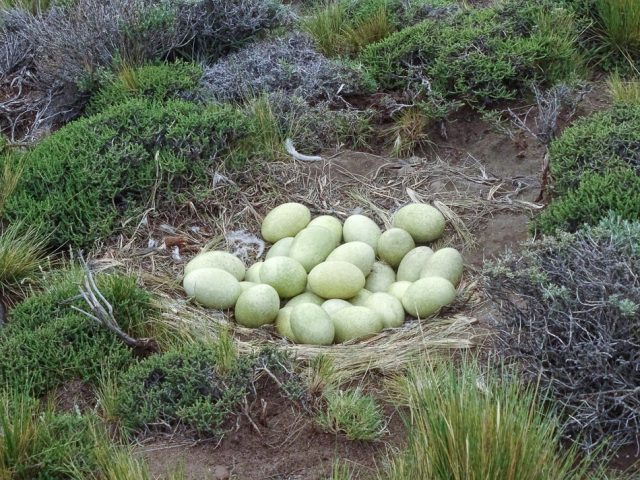
We love finding their nests, they are fantastic, laden with up to thirty or forty large greenish eggs, which turn yellow as they age.
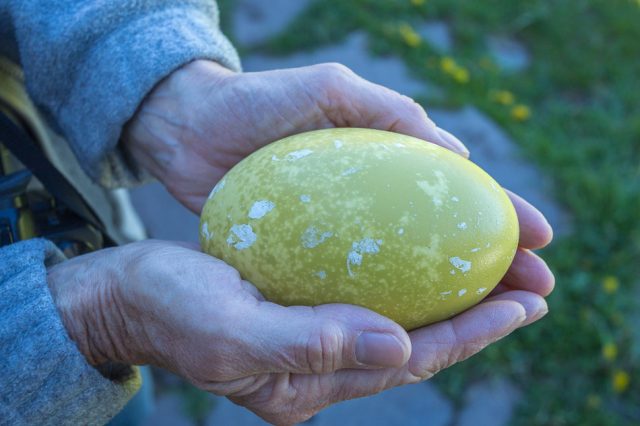
Males incubate the eggs and look after the chicks. They are strong birds and can defend the chicks against most predators.
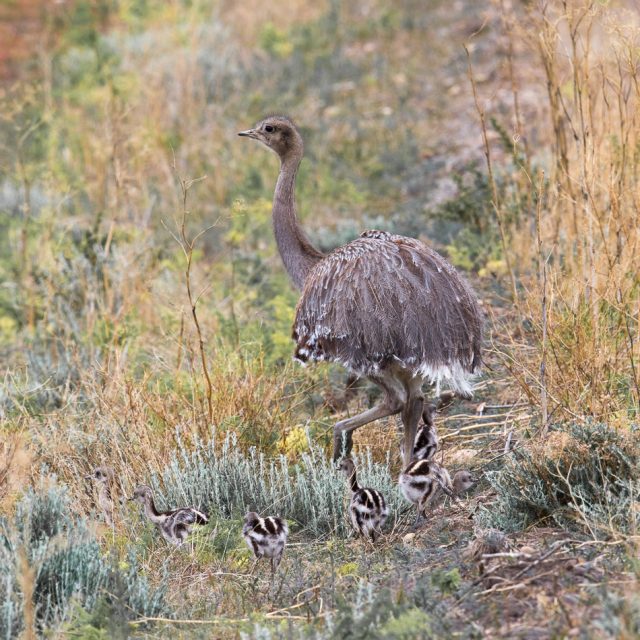
Both the eggs and the birds are good to eat, so they have been relentlessly hunted for hundreds of years.
CONSERVATION
Set deep in the Chacabuco valley in southern Chile, the Conservation Land Trust is undertaking a successful breeding project for the birds run by their head of conservation Cristian Saucedo.
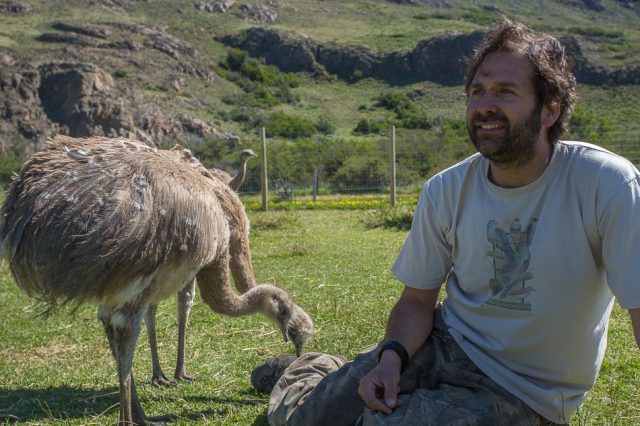
Eventually their birds will be released in the remote and spectacular landscape of the Chilean Patagonian National Park.
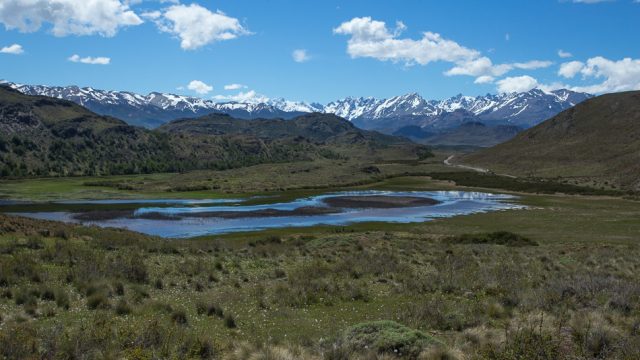
Our eyes strain to see the detail, all that’s visible are leathery shadows in the dust.
The dust separates, momentarily, horsemen appear – and cattle.
Ah ….. Gauchos.
Those indomitable hardened spirits of Argentina.
A man, a horse and a dog.
The three linked together, a trio of workmanship that has forged a culture across an endless landscape of dry, rolling grass plains.
A mate in one hand reins in the other.
Leathery shadows in the dust
Wherever we travel across the wild lands of Argentina we meet them, the Gauchos.
Often we hear their dogs first, or is it that the dogs hear us first.
Out from the most impenetrable bush he came.
On a leather armored steed, scattering the scimitar like thorns of the Chaco.
Slung over the horse a dead pig, to meet his waiting friend.
Always with his ‘facon’ tucked behind his back.
This is the ‘Gaucho’ – this is Argentina –
leathery shadows in the dust.
We are surrounded by textures of the natural world.
Our world is so big and so busy, so full of noise and activity.
They represent an aspect of our life we rarely take notice of.
We rarely stop and notice the beauty that surrounds us.
Next to the air we breath, water is our most valuable resource.
But how often do we just look at it, closely, endearingly, as we should to a lover.
As a photographer of nature, water often gives me the greatest inspiration
Sometimes that inspiration enables me to see beauty that I would otherwise just walk on by.

Whats it like living in South America? That is the question we are often asked.
This is a strange question, it might make more sense to ask, whats it like living on the moon.
The reason being that Living in South America is much like living any where on planet earth.
The real answer depends upon ones own personal expectations.
For example we never expected it to snow so much. The very first time we were in South America we were caught out in the snow twice.
We never expected to eat so much meat.
We do not eat much meat at home in England, so to be faced with so much meat in cafes, restaurants and at peoples house, surprised us.
We like vegetables and salads, often, they are difficult to find.
As for the people.
We were surprised how warm and friendly the people that we meet in Argentina are.
We have had so many experiences of unsolicited kindness.
We once asked a man the way to the nearest bakery, instead he gave us four loaves of bread.
Another time we camped close to where the warden of a National Park lived and he asked if he could do our washing for us and then asked us to stay for a meal.
We are conservationists and wildlife photographers and we like to share our enthusiasm for wildlife.
In a world, where wilderness and nature is disappearing so quickly, it is important to teach younger generations about the importance of nature and the many good reasons to protect it.
In South America we have easy access into schools and colleges to talk to the kids about nature.
They love it, we love it and the teachers love it, we give out free nature information, such as posters.
You cannot do that in the UK.
Of course the wildlife is different.
Every day is exciting for us.
We see new birds, new flowers, new insects.
Every day is an adventure, we feel like kids again ourselves.
Whats it like living in South America? That’s what its like, for us.
Parrots of Patagonia sounds like a misnomer. Most peoples think of Patagonia as a endless windy plain. A landscape scoured by ferocious storms and devoid of trees. Why, they imagine, would parrots live in such a place. Parrots require trees more than anything, lush greenery and warmth from the sun.
This imaginary view of Patagonia is far from reality. Patagonia has forests, dense and luxuriant. It has hot dry summers, it is not always windy.
South America is the land of birds and has nearly two hundred species of parrots.
In a continent where there are so many parrots, a landscape without trees, is a landscape for an enterprising bird to exploit.
Trees are not needed anyway, they perch on telegraph wires.
One such parrot has done just that, this bird has learnt that trees are not necessary to nest in, when you can dig a hole in the ground instead.
This parrot is the Burrowing Parrot and is a large species with powerful claws, with which it excavates a holes in the sides of river banks and cliffs.
The best place to view these birds are the cliffs at El Condor on the Atlantic coast of Argentina in northern Patagonia. Here they gather at dusk on the telegraph wires before going to roost on the sea cliffs.
If watching parrots flying around sea cliffs was not strange enough, imagine seeing parrots happily feeding in the snow.
By travelling down to the far south of Patagonia, to the sub-polar woodlands there is such a parrot.
This parrot is very happy to feed in the snow, it is the Austral Parakeet.
As the most southerly inhabiting parrot in the world, this parrot is a truly amazing bird. There are four varieties of the Burrowing Parrot. The Chilean sub-species is highly threatened by extinction, as only 5,000 – 6,000 of these animals remain. Thankfully the southern Argentinian population is 40,000 and that in the north of Argentina is around 2,000 pairs. How a bird like this has distinct populations either side of one of the mightiest mountain ranges, the Andes, is fascinating.
People love penguins for all sorts of reasons. I love penguins because as a birdwatcher, photographer and conservationist penguins allow me to get close to them, without them being scared.
That People love penguins is even more true when children come into contact with wild penguins.
Most are mesmerized by the birds, the way they walk upright, the way the penguins socially interact with each other and their comical plumage of black and white, like smart little people rushing about.
In fact penguins are inquisitive birds and are usually just as interested in us as we are of them.
If you are interested to find out more about Penguins read what Birdlife International has to say about them.
The headlines of a local paper ‘ Beer helps forest ravaged by fire’, immediately caught my attention and left me somewhat puzzled.
Being an Englishman in South America there have been many times that I have longed for a good English beer at the end of a day’s bird watching. A frothy white top spilling over the top of a glass, followed by the smooth taste of hops, not too cold.
We like our beer and in my local pub a farmer even brings his horse in for a drink!
The joys of being in South America, particularly Argentina and Chile, are many, but I do miss good English beer!
Fortunately the landscapes of Patagonia have made up for this minor inconvenience.
A beer refreshes the spirit but Patagonia stirs and refreshes the soul.
It was the forests of the deep south, the sub-polar forests that I fell in love with. Trees bedecked in moss, thick lichen draping every branch and twig. Southern Beech and Pine, some as tall as five storey buildings, nature’s green cathedrals.
Wherever there are forests there are forest fires. Sometimes fire is natural and beneficial but often not.
Fire caused by man, deliberately or accidental, wreaks havoc.

In 2011 the superb Torres Del Paine National Park suffered a catastrophic accidental fire, millions of hectares destroyed, whole mountainsides razed to the ground. Their ‘green cathedrals’ turned to silver skeletons.
Paths now wind through hoary palisades of bleakness, bright metallic echoing tangles of sterility.
However this resilient park is starting to recover and remains a wondrous place to visit.
And some of this is thanks to Beer!
Not any old beer but Austral Beer made in Punta Arenas, Chile, by an old established Craft brewery who brew English style ales.
After the fire this amazing company started a campaign to raise money for replanting the National Park and have done a wonderful job.
What a generous and thoughtful enterprise. And they have another new customer as well, ME.
‘Beer helps forest ravaged by fire’, now I understand the headlines.
This is a rare photograph of the Hooded Grebe courtship, one of the Worlds rarest birds.
Watch the hooded grebe documentary and follow LivingWIldPics on facebook
The Living Wild photography team of Paula and Michael Webster spent some months last year in the wilds of Patagonia.
Their mission was to track down a breeding colony of the critically rare Hooded Grebe and to film its courtship behavior, never previously filmed.
The Hooded Grebe is one of the worlds rarest birds. It is seldom seen as it spends the winter on the cold and wild sea Atlantic coast of Argentina. Its summer breeding grounds are the inaccessible windswept plateaus close to the Andean mountains.
With great help from the Hooded Grebe research team, under the auspices of Aves Argentinas, the Birdlife partner in Argentina.The first complete photographic and film record of the courtship display was obtained.
To see the complete courtship display please watch the film TANGO IN THE WIND
A great place to go birdwatching in Argentina is Puerto Deseado on the Atlantic coast.
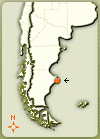
Puerto Deseado is positioned about 1500km south of Buenos Aires, or 500 km south of Puerto Madryn. A long drive from almost anywhere, but the roads are quite good.
If you have limited time you can fly and that’s the best way to reach the area.
Unfortunately we cannot recommend the hotels, they are expensive and the service awful. Instead hire a cottage or apartment, there are many to choose from. The town has a number of excellent shops, where fresh bread and tasty cakes can easily be purchased, there is a supermarket as well as a few restaurants.
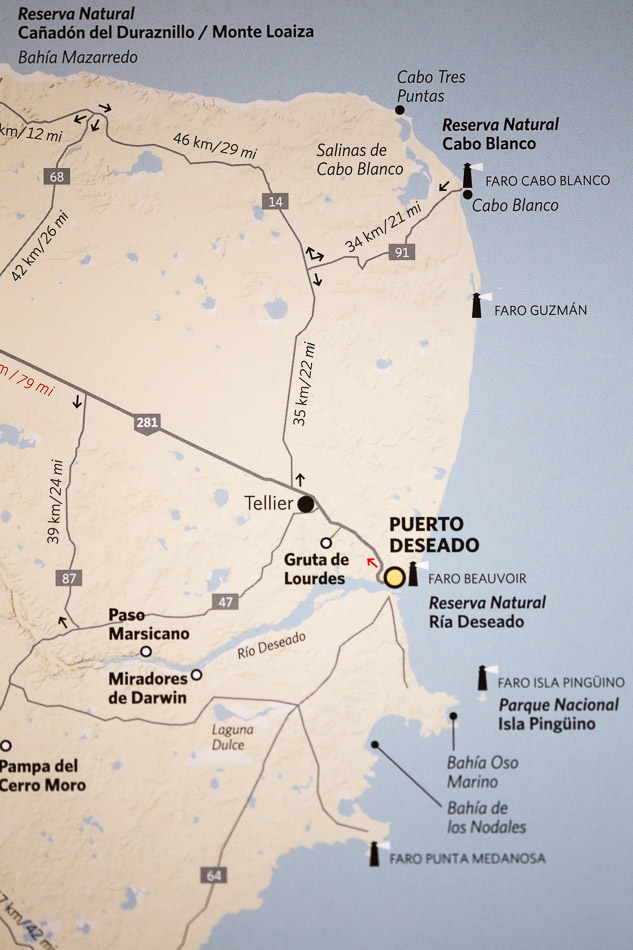
The delightful town has a rich maritime history and a good museum. A place where stevedores and fishermen rub shoulders with wildlife tourists.
Puerto Deseado lies at the mouth of the river that carries its name.The river starts life beneath the towering peaks of the Andes and then meanders its way hundreds of kilometers across the Patagonian plains. The nutrient filled waters of the river discharge into a beautiful wide estuary, characterized by flooded valleys and small offshore islands, typical of a landscape where the sea level rose eons ago.
Most visitors come for the birdlife and this really is spectacular. There are several companies that operate boats that visit the estuary and the offshore Islands.
We would recommend Darwin Expeditions. We have visited the town twice and used them on many occasions and every time their service, politeness and expertise has been exemplary.
One important word of caution. If its just the birds you want to see, check the weather conditions ahead of time or give Darwin Expeditions a ring. This is Patagonia and Patagonia has fickle weather.
If you are a photographer, choose a time when the tides are high and of course the breeding season from November to March is the best.
For families this is an idea destination. No one can fail to enjoy seeing the Magellanic Penguins.
The boats are rigid inflatables which are comfortable, secure and safe for photographic equipment. There are two cruises to choose from, both very different. Firstly into the estuary, around some small islands and alongside cliffs.
The second cruise is out to Isla Pinguino. This is a full day outing, but worth it, a bird paradise and one of the few places in South America where you can see the Rockhopper Penguin.

Experiences like this are what make Puerto Deseado a great place to go bird watching.
Rockhopper penguin in breeding plumage.
Birds are the migrants that need our help.
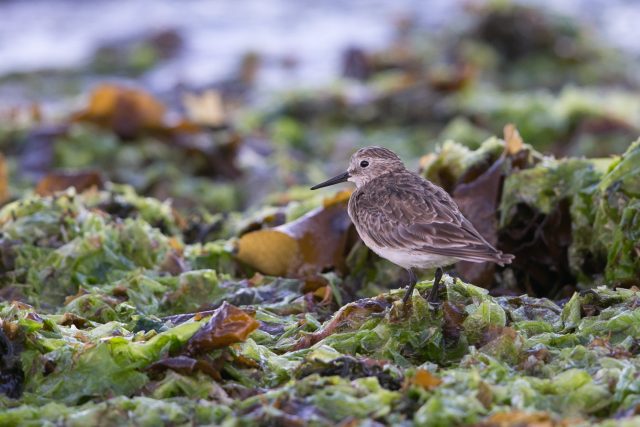
Birds are the jewels of our global wildlife,they bring colour, sound and movement to our lives and need our protection in a world where we have depleted their environment.
Evolution has driven birds to migrate, in this sense they are migrants.
Of the many families of birds, shorebirds are perhaps the least known. This is because they generally spend their lives in remote areas, away from people. Their home, in the summer where they breed and where they spend the winter are usually different. Often thousands of miles apart and their innate need to travel between the two is their migration.
Enabling the birds to fly these enormous distances, between the breeding grounds and the wintering grounds are a series of important refueling stops.
These refueling stops are like oasis’s in an otherwise inhospitable desert. Take away these oasis’s and the birds will die.
In South America there are about 12 families of shorebirds. This designation of birds is based on evolutionary and biological criteria and is highly scientific.
Another simpler way to group the species of shorebirds would be, as to how they migrate.
For instance the Andean Avocet moves very little. From lakes on the higher reaches of the Andes where they breed, down several thousand feet to the lower and less harsh slopes for the winter.
In this same category would be the Two-banded Plover. Like the Andean Avocet they live only in South America and migrate short distances, more a seasonal movement than a long-distance migration.
Two-banded Plover map; breeding in southern Patagonia and wintering some short distance to the north
Another category of shorebirds would be those that do not breed in South America. Instead they breed in North America and fly to South America for the winter. This gives them year round access to food.
Birds in this category would include Sandpipers, the Red Knot and Wilson’s Phalarope and many other species.
Wilson’s Phalaropes breed in the northwest of North America, on small lakes set in the Great plains amidst the Rocky Mountains. In late summer they need to leave, as the winters are cold and the lakes freeze over.
They fly south, heading for South America. En route they stop off at saline lakes. Lakes such as Great Salt Lake in Utah, Lake Abert in Oregon, Goose Lake on the Oregon-California border, and the Lahontan Valley lakes in Nevada. At these places they rest and feed for a few days. This enables them to store fat reserves in their muscles, the necessary fuel to continue their journey southwards, to Argentina and Chile for the winter.
Wintering sites (refueling stops) such Los Pozuelos, San Antonio Oueste and Mar Chaquita, all in Argentina, are vital for these species.
Birds are the migrants that need our help and everyone can do a little to help. Helping can be as simple as joining the local or national conservation organisation. If you do not know if your country has one, look at Birdlife International
This is the story as to why we are returning to Patagonia.
The ‘Tehuelches’ were one of the original peoples of Patagonia.
They lived undisturbed for many thousands of years. The ‘tehuelches’ roamed across the landscape of what is now the province of Santa Cruz. The land provided their living and the seasons dictated where and when to travel.
This is one of their stories and the reason why we are returning to Patagonia.
“During one of the many journeys the ‘Tehuelches’ made, in order to leave behind cold hard winters, Koneek, their ancient sorceress of the tribe, felt she could walk no further. They put up a tent for her and gave her what food they could, but not enough to last the winter. Koneek was left their, all be herself, the weather was bitter, the wind harsh, even the birds disappeared and left.
When the spring came, the sorceress accused the birds of leaving her alone and hungry. The birds told her they could not have stayed, as there was no food for them.
Koneek screamed ‘from now on you may stay, I Koneek will be your food and shelter’ and with a roar she and the tent were blown away. Revealed in place of Koneek was a beautiful, thorny bush with yellow flowers, which mature into violet fruit, known as Calafate.
Since then Koneeks spell makes all who eats the Calafate, come back to Patagonia.”
During our wanderings in the wilds of Patagonia we have eaten the fruit of Calafate, straight off the bush and its lovely.
Many times we have had the tasty jam for breakfast on warm, home made bread.
and that’s why we will are returning to Patagonia!
What is the most powerful Owl in the Americas? it is is the Great Horned Owl. There are many reasons for this.
The feet of this owl are the size of a plate and when this silent hunter hits its prey, the extended talons do so with a force of a bone crushing thirty pounds
.
-
The Great Horned Owl breeds throughout much of North, Central and South America
The first time Paula and I saw a Great Horned Owl, was on its hunting territory on the Canadian prairies. A landscape of wide open spaces and rolling hills, ideal for this large predator to hunt.
-
The bird has been revered as an icon by the original peoples of those lands
The Apache tribe especially, attributed to the bird mystic powers. Girls dared not venture outside the village at night when one was calling.
Feathers of the owl inferred wisdom and luck and the birds feathers were prized additions to headdresses.
This same species breeds through much of the Americas, as far south as Argentina, where we have seen it several times.
Paula spotted this bird hidden away in the top of a tree in the Andean mountains close to Santiago, Chile.
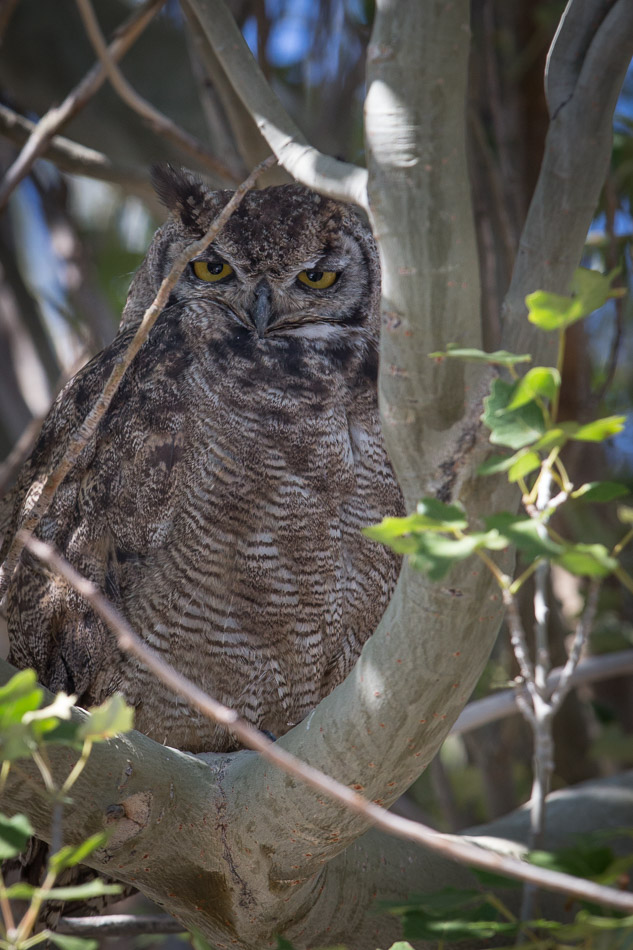
As soon as our Living Wild expedition moved further south into Patagonia we started to see a closely related bird, almost the same size – the Magellanic Horned Owl.
It was on a cliff, close to Puerto Deseado on the Atlantic coast, no doubt feeding on hares that were plentiful in the area, as well as skunks and snakes.
These Owls are aggressive and powerful hunters (sometimes known by the nickname of “tiger owl”).
The two species, the Great Horned and the Magellanic were once thought to be the same, but now are split into separate ones based on their different voice, size and genetics.
‘Out of this World’ landscapes are to be found in South America..
After the continent broke off from Africa 100 million years ago it floated as an isolated island across the surface of the earth. During this time the continent was subject to gigantic and cataclysmic events effecting the whole planet.
Specific to South America was the creation of the Andes mountains and the spectacular landscapes. No mountain chain on the planet has had such a dramatic effect upon the evolution of wildlife as the Andes has.
As the Andes rose up, the mountains altered the direction and force of both winds and ocean currents and the effect of these on the continent was the creation of both deserts and rainforests.

Before the Andes were formed the amazon basin was an inland sea. With the formation of the Andes the prevailing winds from the Atlantic were stopped from travelling westwards and deposited their rain on the eastern slopes of the mountains. Rivers which up to that time had flowed westwards now were diverted eastwards into the Amazon basin. Eventually the mighty Amazon waters broke through the eastern cordillera on what is now the coast of Brazil, to enter the Atlantic. The volume of water from the Andes was so great that annual flooding inundated huge swathes of land. The formation of the wonderful amazonian forest had begun.
The other rain forest, created by the Andes is called the Yungas rain forest and this occupies the extensive eastern slopes of the Andes from northern Argentina up to Columbia. This is an image of the Calilegua National Park in northern Argentina, an area where the ‘Living Wild in South America’ team has spent some time filming.
A secondary effect of the Andes, was the rain shadow formation on the western slopes of the Andes, in Chile. In rain shadow regions little or no rain falls and so here the Atacama desert developed.

The Andes were formed by the collision of two continental plates. This collision zone lies in the Pacific Ocean and runs parallel to the continent several hundred miles offshore. This created a massive trench miles deep and helped to drag cold water up from the Antarctic, the Humboldt current. Where this cold current meets the warm tropical current the effect is the formation of more rain clouds. These clouds are pushed eastwards by the prevailing winds off the Pacific, but the air currents off the hot dry Atacama forces the clouds up and over the Andes and leads to seasonal rains being deposited for a second time on the eastern slopes.
Much further south, in the temperate areas of Southern Chile, the prevailing winds off the Pacific are much stronger than the ones off the Atlantic. What happens in this area is the opposite to what happens in the semi-tropical north. The rain falls on the western side of the Andes creating the vast Valdivian rainforests, temperate rainforests (similar to those in the NE of the United States).
Whilst the east of the Andes is in the rainshadow, which has led to the vast arid desert lands of Patagonia.
So the great Andean mountains in South America have formed both deserts and rain forests.
We had a lunchtime fright, we heard a muffled scream and out from underneath a bush ran a Screaming Hairy Armadillo.
Its name is derived because it screams when it is threatened and has long flowing hairs along the flanks of the body.
The Screaming Hairy armadillo has 18 bands of which six to eight are movable bands.
The Armadillos are a very ancient group of animals, alive when the dinosaurs roamed the earth and could be called a ‘living fossil’.
Here are a few of my favorite 16 x 9 widescreen images, mostly landscape photographs.
Newer televisions and computer monitors have an aspect ratio of 16:9, which gives a perfect fit for high definition television. Since we owned one, we have been impressed with the 16 x 9 Widescreen images.
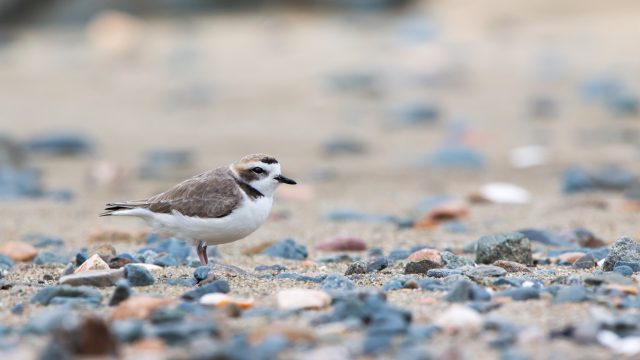
Most DSLR cameras shoot in the most common aspect ratio of 4:3. Though a lot of newer consumer cameras shoot in 16:9
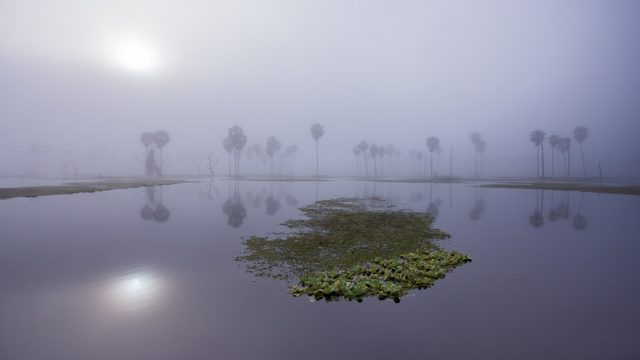
The 16:9 aspect ratio is a product of movie producers.They wanted to find a way to make their movies bigger and better in order to attract more customers.
The widescreen format of the 16:9 aspect ratio also allows viewers to see a bigger picture when compared to the old 4:3 aspect ratio. In addition, the 16:9 aspect ratio also enhances the quality of the image by allowing for bolder backdrops and scenery.
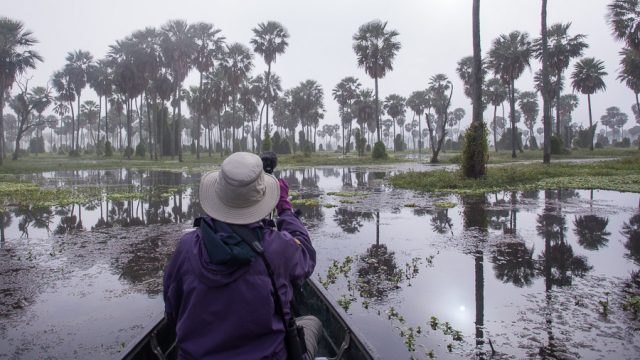
However many photography clubs still like exhibition prints to be in 5×7 or 8 x10 ratios. If you want to print to this standard you still need to shoot in a 4:3 aspect ratio.
I rarely print photographs now but am looking at my images every day on my widescreen monitor.
Recently I have started to crop my 4:3 images to a 16 x 9 size so that I can better see them on our T.V. and I love it.
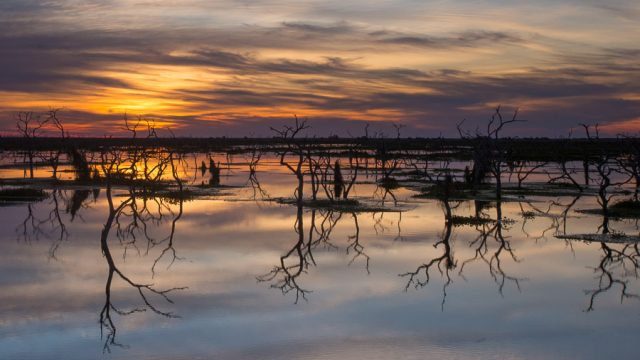
I have started to go back through old images and look at them in a 16 x 9 format and wonder why I didn’t do it years ago.
They look so much better, the 16:9 aspect ratio gets rid of ‘ dead space’ in the image.
Raptors are birds of prey.
- Eagles
- Hawks
- Falcons
- Buzzards
- Kites
- Vultures
They are the hunters of the skies. The soaring shapes between the clouds, that suddenly burst out of the heavens and plummet down towards a chosen victim.
They are the secret wraiths of the forest, leaf hidden and watching, waiting for the moment they spy their prey. Swiftly through the branches with the ease of a bullet and gone, they excite the senses, that’s why I love raptors.
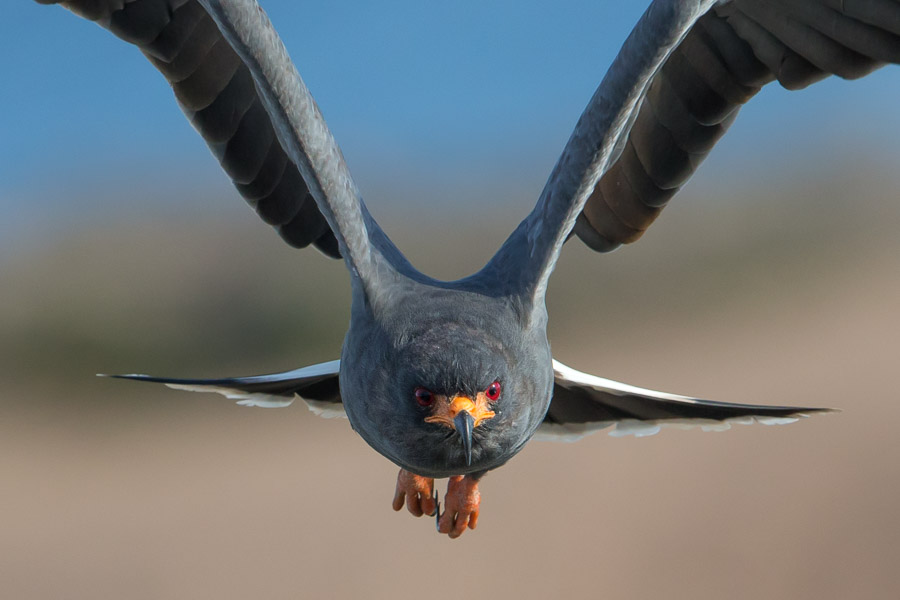
There are less predators than prey, a rule of nature. Like kings and queens, presidents and emperors they rule the smaller beings, they rule the skies.
There is no half measures with raptors. I love raptors because like emperors, they are both magnificent and graceful.
They cut a dash.
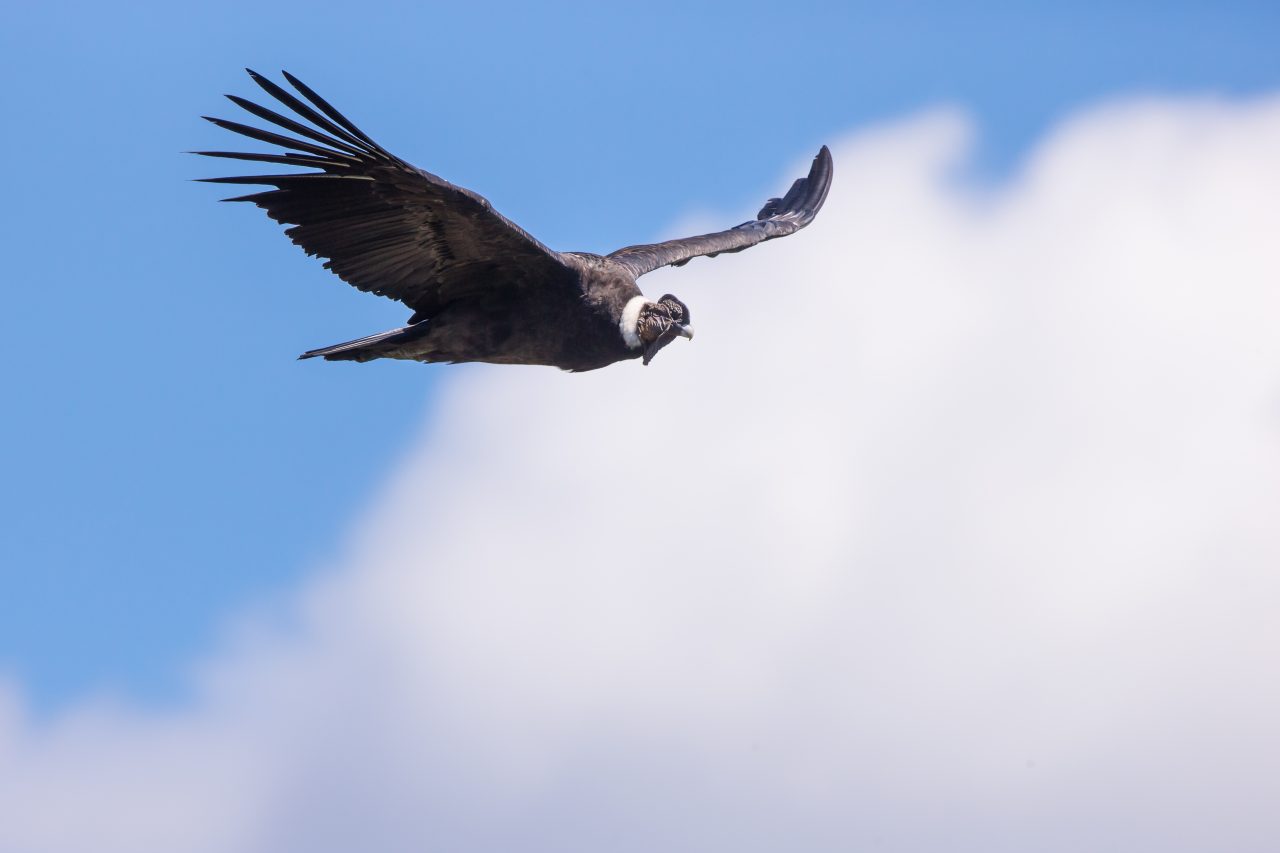
For the Inca, that dark spot present over the highest peaks, found close to a kill, was a semi-god.
The Condor messenger that took the souls of the dead to heaven.
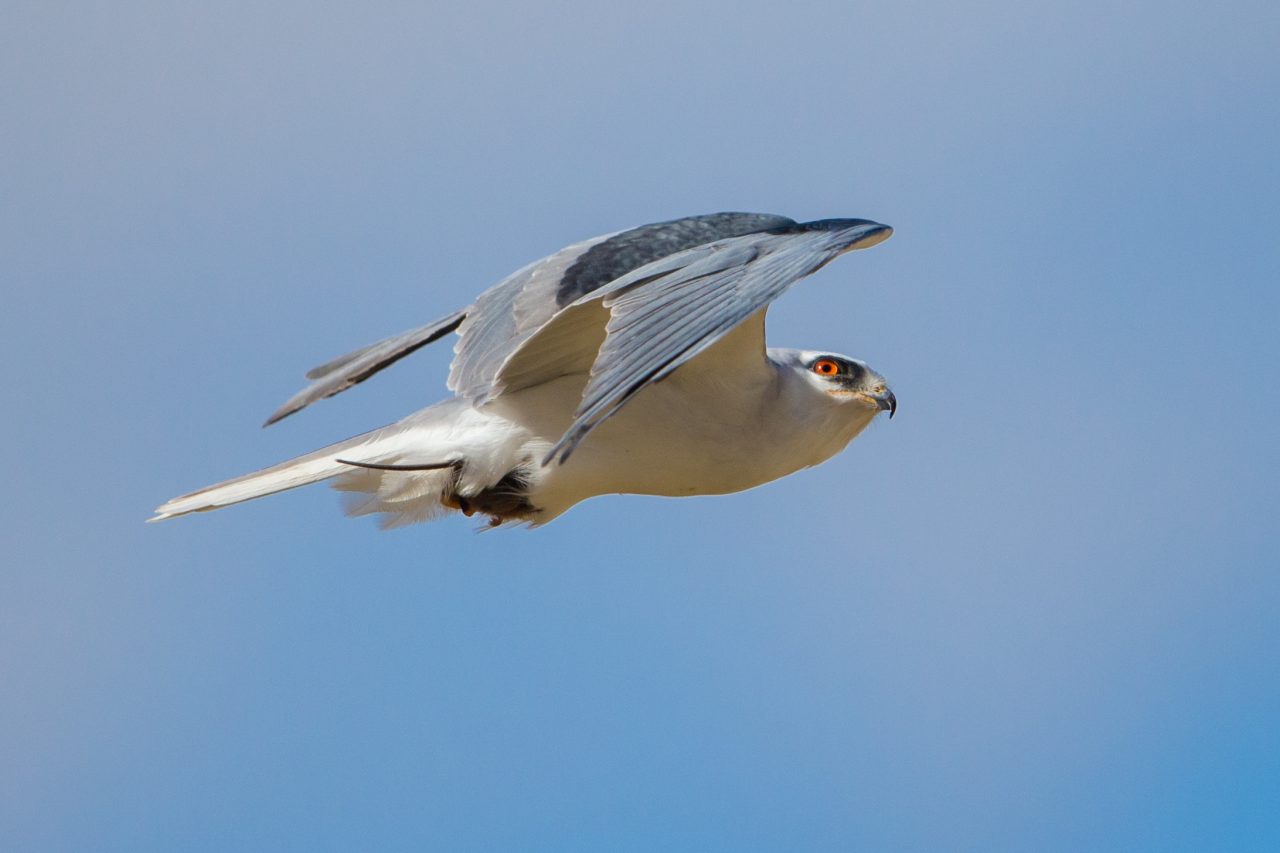
Kites have been associated with scavengers, but these scavengers are the hyenas of the skies, alert and powerfully strong, waiting their chance.
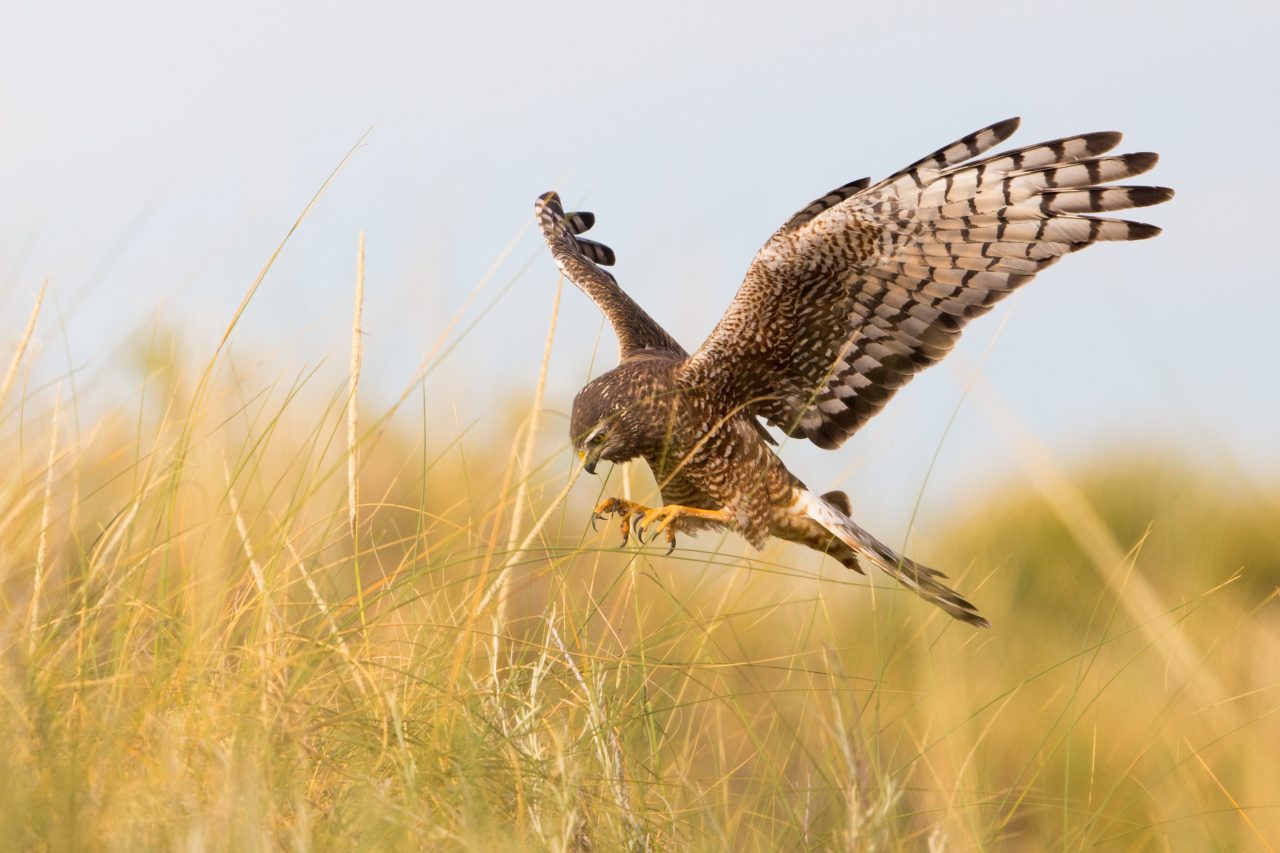
Harriers hunt with stealth, a low-level attacker, with the agility to drop vertically out of the sky. Buoyant in flight they drift low as if they were a very part of the grass.
Falcons are smart, compact raptors. Swift as darts, that strike as lightening does, sudden and dramatic.
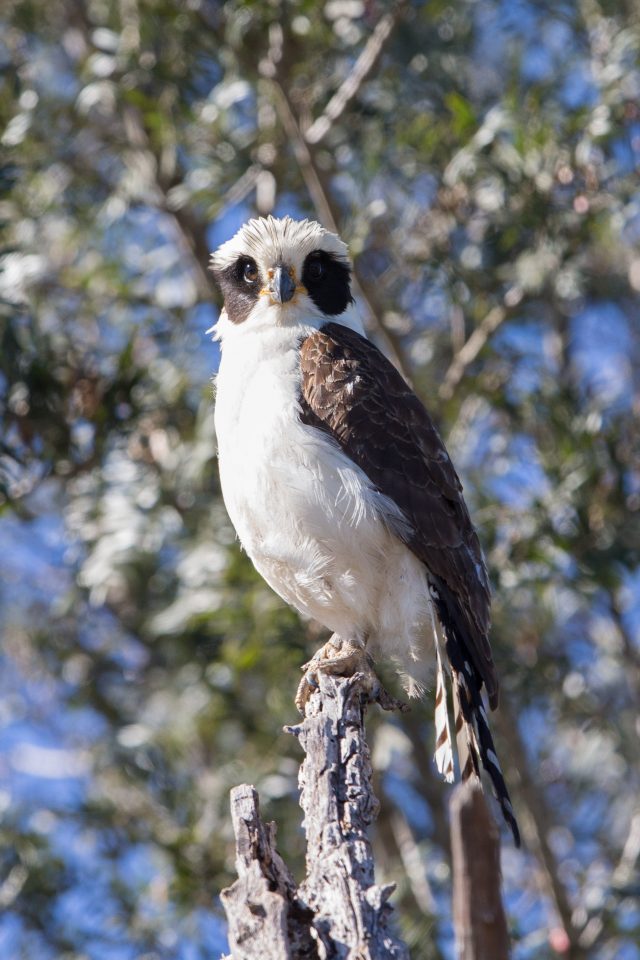
Paula and I were driving slowly through the dry Chaco scrub, in-between Paraguay and Argentina. I spotted a white flash and bird alighted on a distant tree and looking at it through binoculars its dark eye patches were reminiscent of an Owl.
We looked at each other for five minutes. The bird did not move, I did not move.
Our spirits joined for a moment and the bird flicked its tail, lifted off and settled much closer.
Still we stared, locked into an ageless search for understanding.
I knew it was a falcon, blinked, and it was gone, into the forest, laughing as it flew, absorbed into the green cloak of cover.
That’s why, I love raptors.
Perhaps the bird with the biggest bill in South America, for its size, is the Scimitar-billed Woodcreeper.
There are 52 species of Woodcreepers, they live only in South and Central America and are essentially sub-tropical woodland birds.
Paula and I were able to film and photograph this beautiful bird feeding on the ground in the Copo National Park in Argentina. We also watched it as it climbed a tree. Its long toes and stiff tail enabled it to do this with ease. Using its amazingly long de-curved bill it probed into a bromeliad plant and extracted what looked like an insect.
Then one day we found a Red-billed Scythbill and knew that THAT, compared to the size of the birds body, was the bird with the biggest bill in the world.
The long de-curved bill allows the bird to hunt where the other birds with a shorter bill cannot reach for food. Once the prey is caught in the bill tip, it throws back the head and drops the food into its mouth.
Deserts are not barren places, the wildlife is limited, specialised and just as beautiful as anywhere else in the World. This is about the Desert mammals of Argentina and Chile.
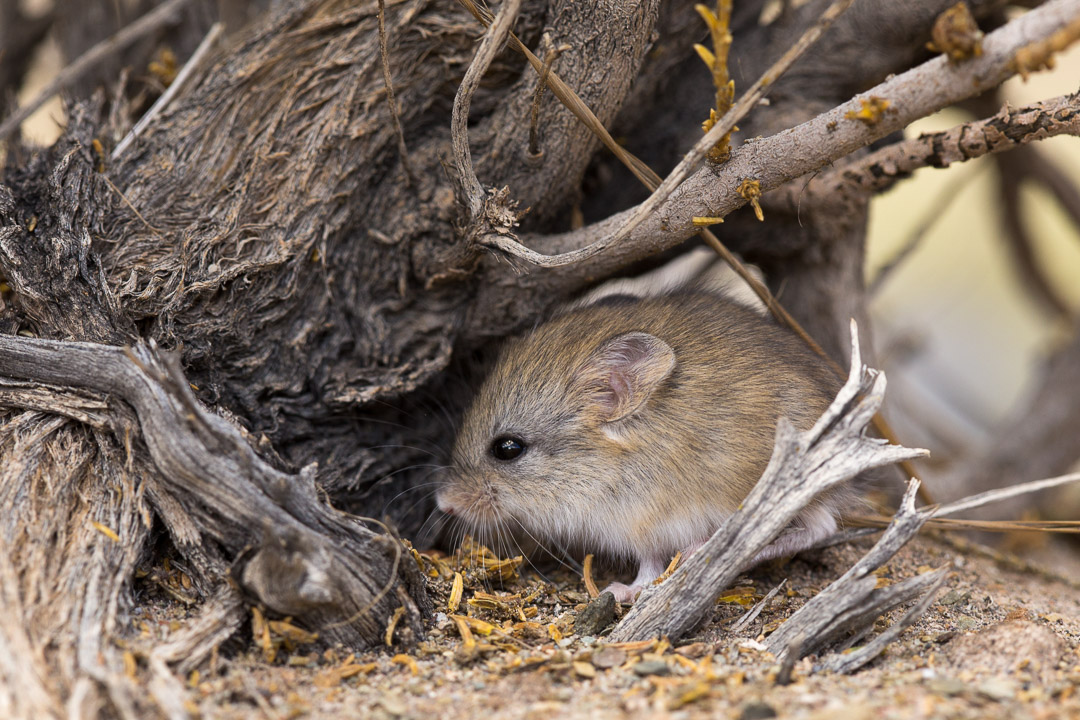
Deserts are arid lands that have little or no water.
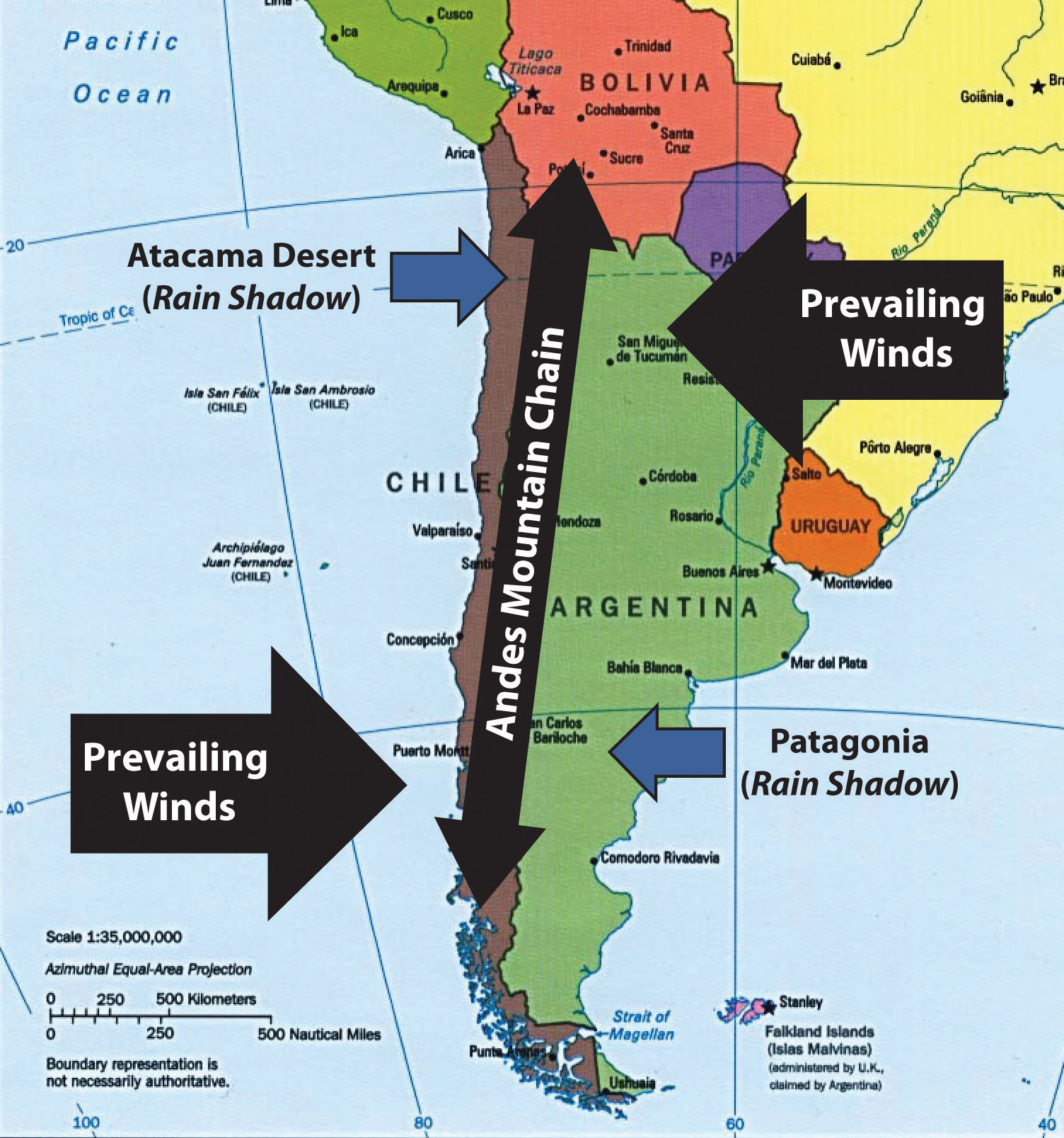
The location of South America between the two great oceans of the world, the 6000km length of the Andes and the direction of the prevailing winds creates the deserts in both Chile and Argentina.
In Chile the desert is called the Atacama. This is a true desert, 600 miles long where very little, or no water, has fallen for 100 years or more.
In Argentina the desert is very different. In the north of the country and spreading down the middle is an area of arid lands, known as the Monte desert.
Whereas further south are the arid lands of the windswept plains of Patagonia.
The mammals to be found in these deserts are unique to South America, most are rodents, but then half of all the mammal species found in the whole of South America are rodents.
They are very difficult to identify, scientists usually have to catch them in order to do so.
We are wildlife photographers and getting shots like these is a delight.
The ‘Living Wild in South America’ expeditions have camped in all of these deserts and seen many different looking ‘guinea-pig like’ mammals.
The most common is the Tuco-tuco, which is a type of gopher. Like gophers in North America they burrow underground and their tell-tale mounds of earth are to be seen commonly.
Another is the Mountain Viscacha, as big as a medium sized dog. They are difficult to find as they remain motionless, hidden among boulders and rocks, at the last moment they will emit a sharp whistle and bound over the rocks as effortlessly as a gymnast. They seem to almost fly through the air using their long tails to keep balance. They look like big rabbits but they are really rodents.
The large mammals are dominated by two Camelids, the Guanaco and the Vicuna.
The Guanaco was domesticated by a number of indigenous peoples over thousands of years, the domesticated animal is called the Llama and was used as the beast of burden, transporting goods back and forth over the Andes.
To cope with the harsh and variable climates they encounter throughout their broad distribution, guanacos have developed physiological adaptations that allow them to respond quickly to changes in environmental conditions. By adjusting their body position, for example, individuals can “open” or “close” thermal windows—areas of very thin wool located in their front and rear flanks—in order to vary the amount of exposed skin available for heat exchange with the environment.
On the other hand the Vicuna is a small, slender, elegant animal of little use to carry goods. However the wool of the Vicuna is so fine, light and waterproof that it is highly valued by local people and goes to make woollens sought after by the world’s rich and famous.
Wildlife lovers and wildlife photographers should visit these amazing deserts, and if you want a good read on deserts, the best book I’ve read is ‘A Desert Calling’ by Michael Mares.

